Creating stunning potted plant arrangements transforms any space into a vibrant, living environment. Whether you're designing for a small balcony, spacious patio, or indoor setting, thoughtful plant combinations can dramatically enhance your home's aesthetic appeal. The key lies in understanding the fundamental principles of successful arrangements while exploring diverse themes that reflect your personal style. From tropical paradise displays to minimalist modern designs, each arrangement tells a unique story through carefully selected plants, containers, and positioning techniques.
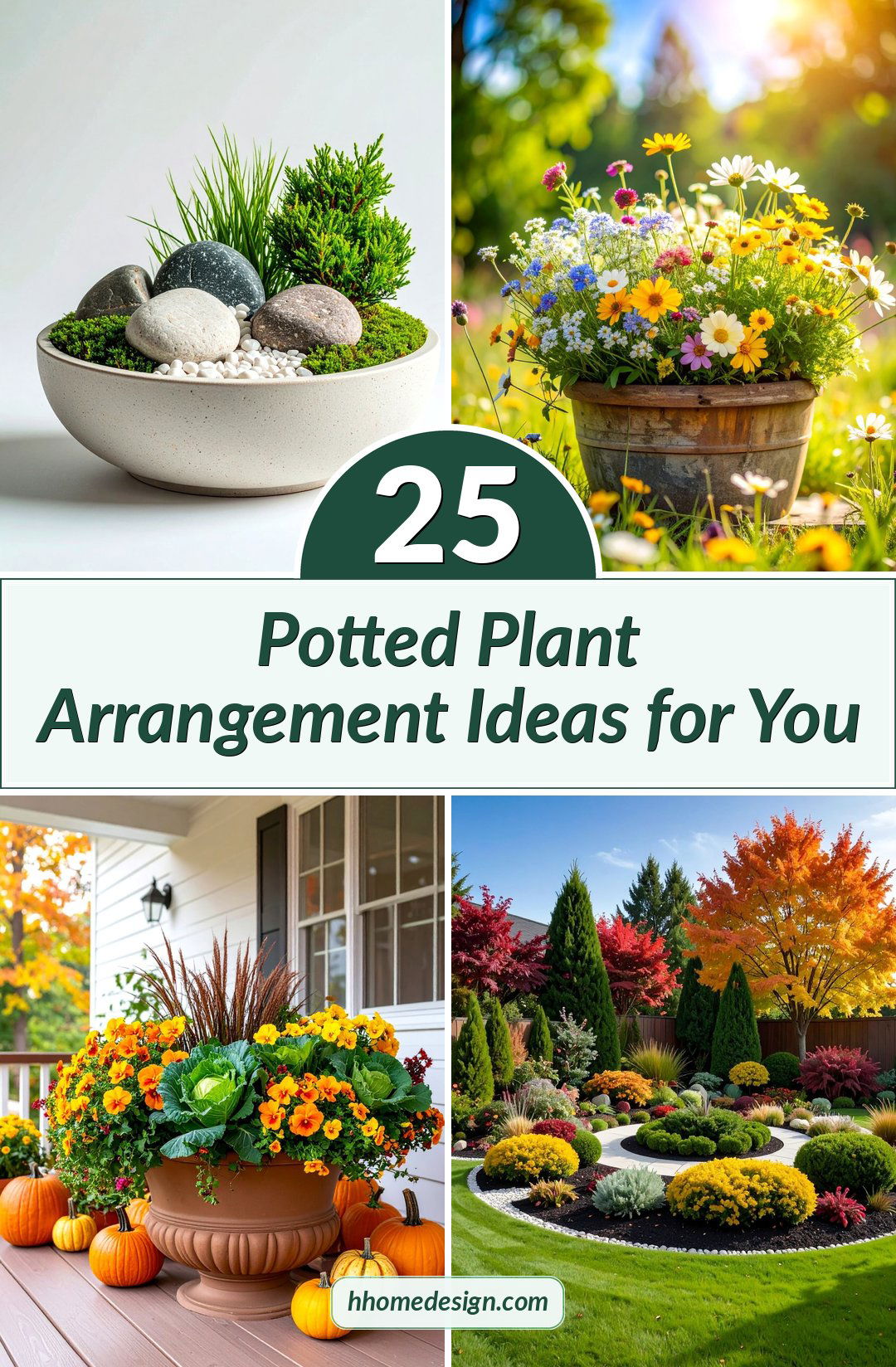
1. Tropical Paradise Potted Arrangement
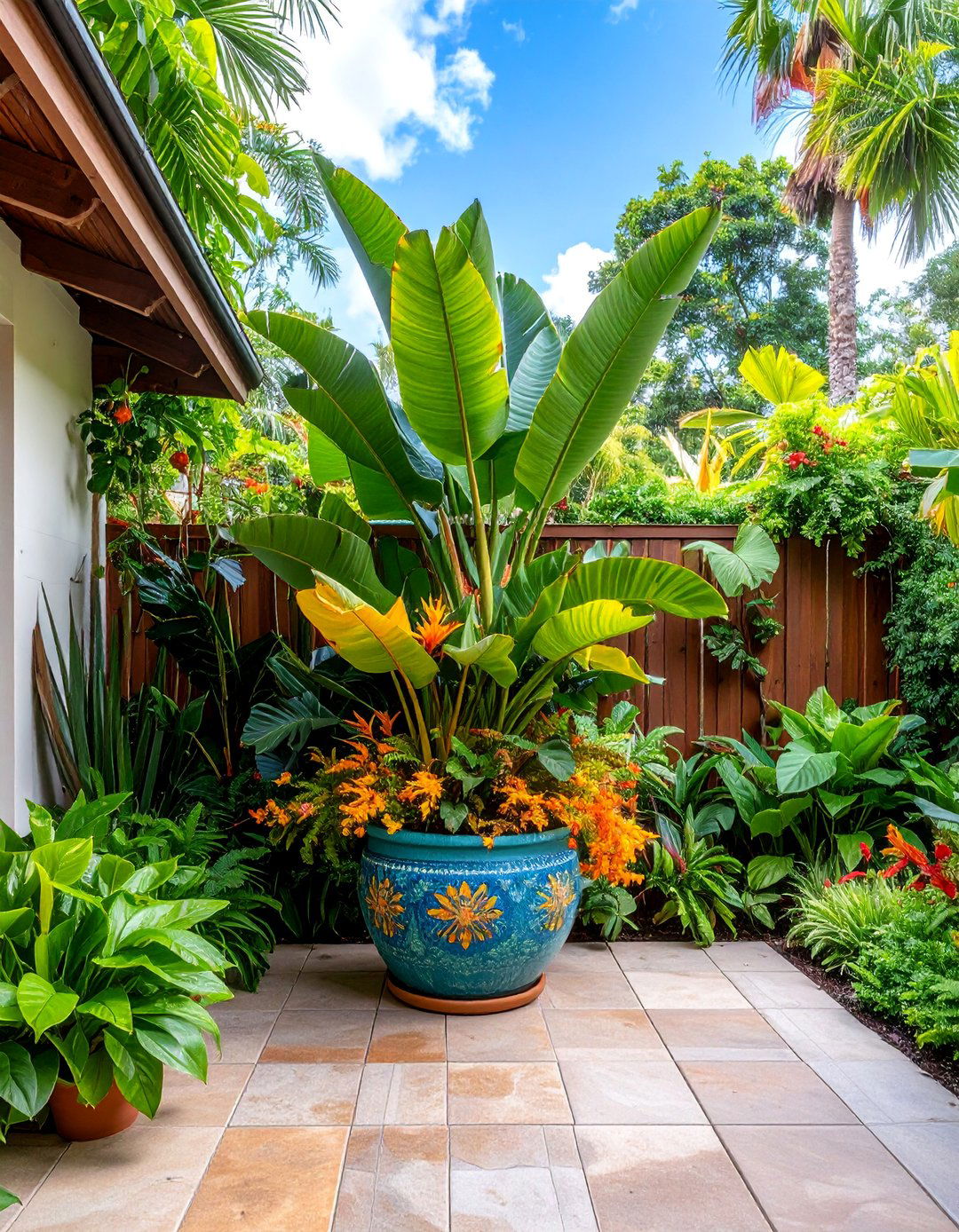
Transform your outdoor space into a lush tropical paradise with this dramatic arrangement featuring bold foliage and vibrant colors. Start with a large ceramic planter as your foundation, positioning a striking bird of paradise or banana plant as the central thriller. Surround this focal point with colorful crotons and variegated coleus for rich texture contrast. Complete the design with trailing sweet potato vines cascading over the edges, creating a waterfall effect. The combination of large architectural leaves, bright foliage patterns, and flowing vines creates an exotic atmosphere reminiscent of tropical resorts. This arrangement thrives in full sun to partial shade and requires consistent moisture to maintain its lush appearance throughout the growing season.
2. Modern Minimalist Monochromatic Display
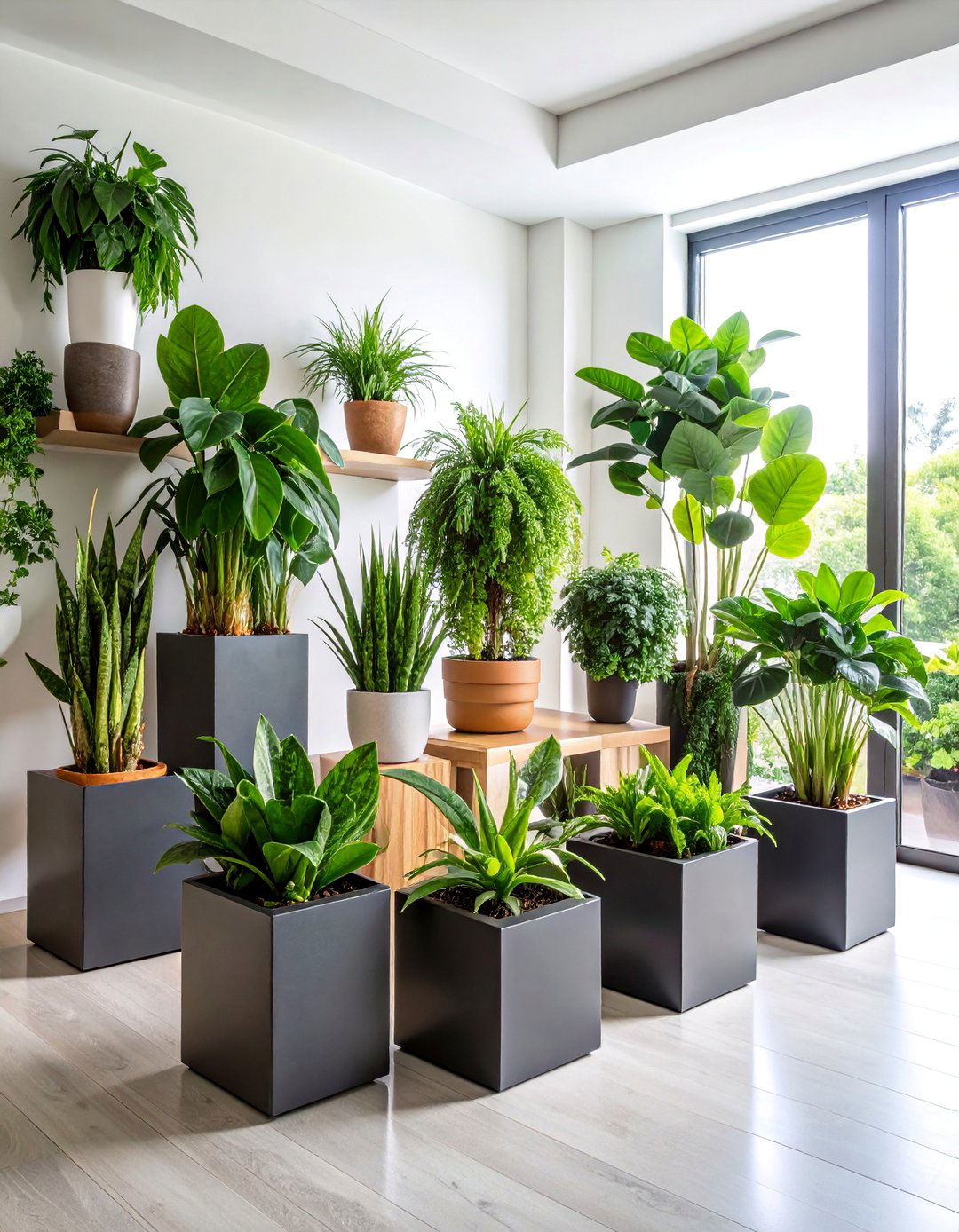
Create a sophisticated contemporary look with this sleek monochromatic arrangement that emphasizes form and texture over flashy colors. Select three matching rectangular planters in neutral tones like charcoal or white, arranging them at varying heights for visual interest. Plant each container with different shades of green foliage plants such as snake plants, jade plants, and pothos varieties. The key to this modern aesthetic lies in the clean lines, geometric shapes, and subtle color variations within the green spectrum. Position these planters near architectural features or clean-lined furniture to enhance the minimalist appeal. This low-maintenance arrangement works perfectly in contemporary homes and requires minimal care while providing maximum visual impact through thoughtful plant selection and strategic placement.
3. Spring Cottage Garden Charm Arrangement
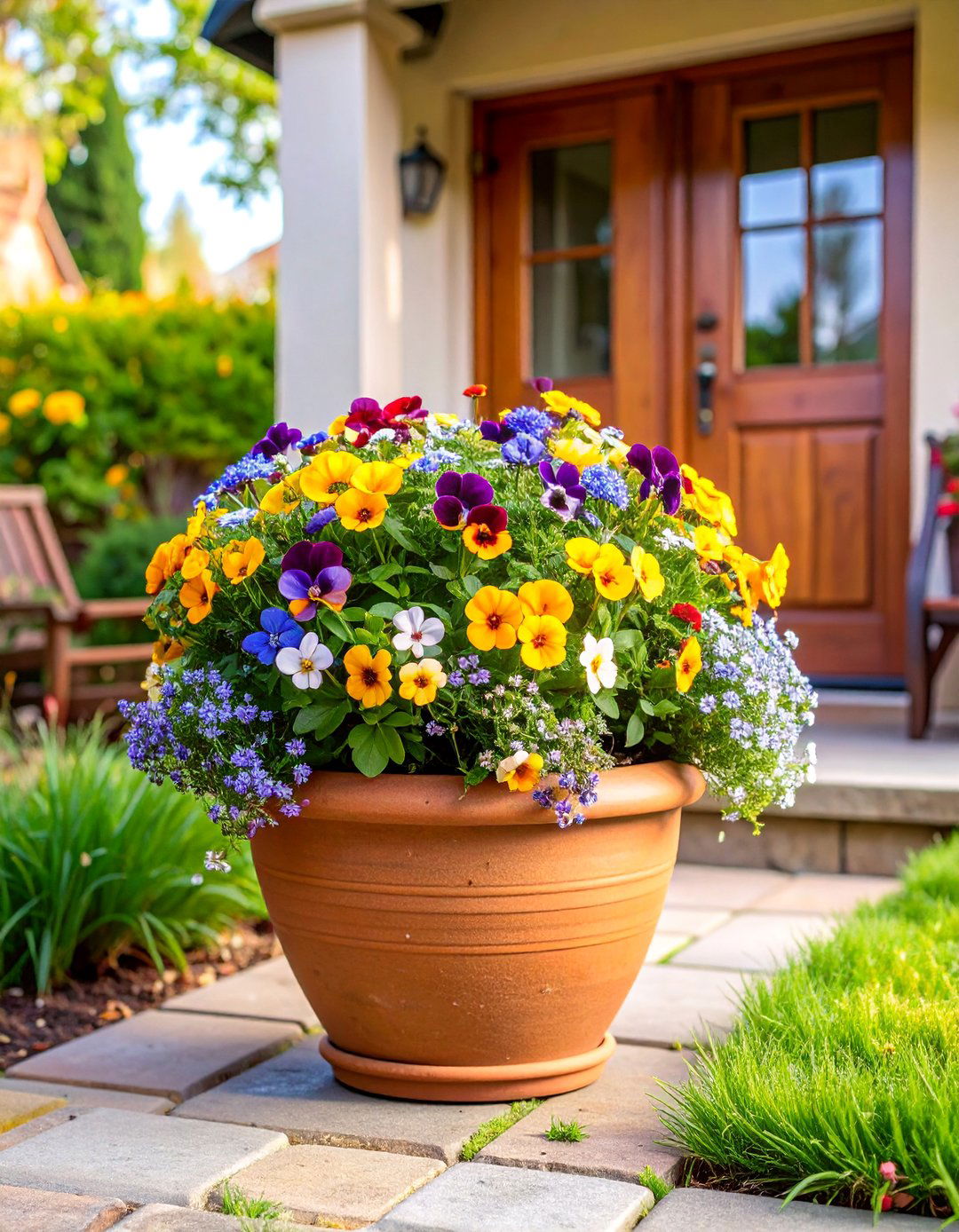
Embrace the romantic appeal of English cottage gardens with this delightful spring arrangement featuring soft pastels and classic flowering plants. Use a large terracotta or weathered ceramic pot to house this charming display, starting with a compact rose topiary as your centerpiece thriller. Surround the rose with cheerful pansies in complementary colors like purple, yellow, and white, creating a vibrant carpet of blooms. Add trailing white bacopa or alyssum to soften the edges and provide a delicate spilling element. This arrangement captures the essence of traditional cottage gardening with its informal yet thoughtful plant combinations. The soft textures and gentle colors create a welcoming atmosphere perfect for entryways, porches, or intimate seating areas where you can appreciate the subtle fragrance and charming details.
4. Autumn Harvest Seasonal Container
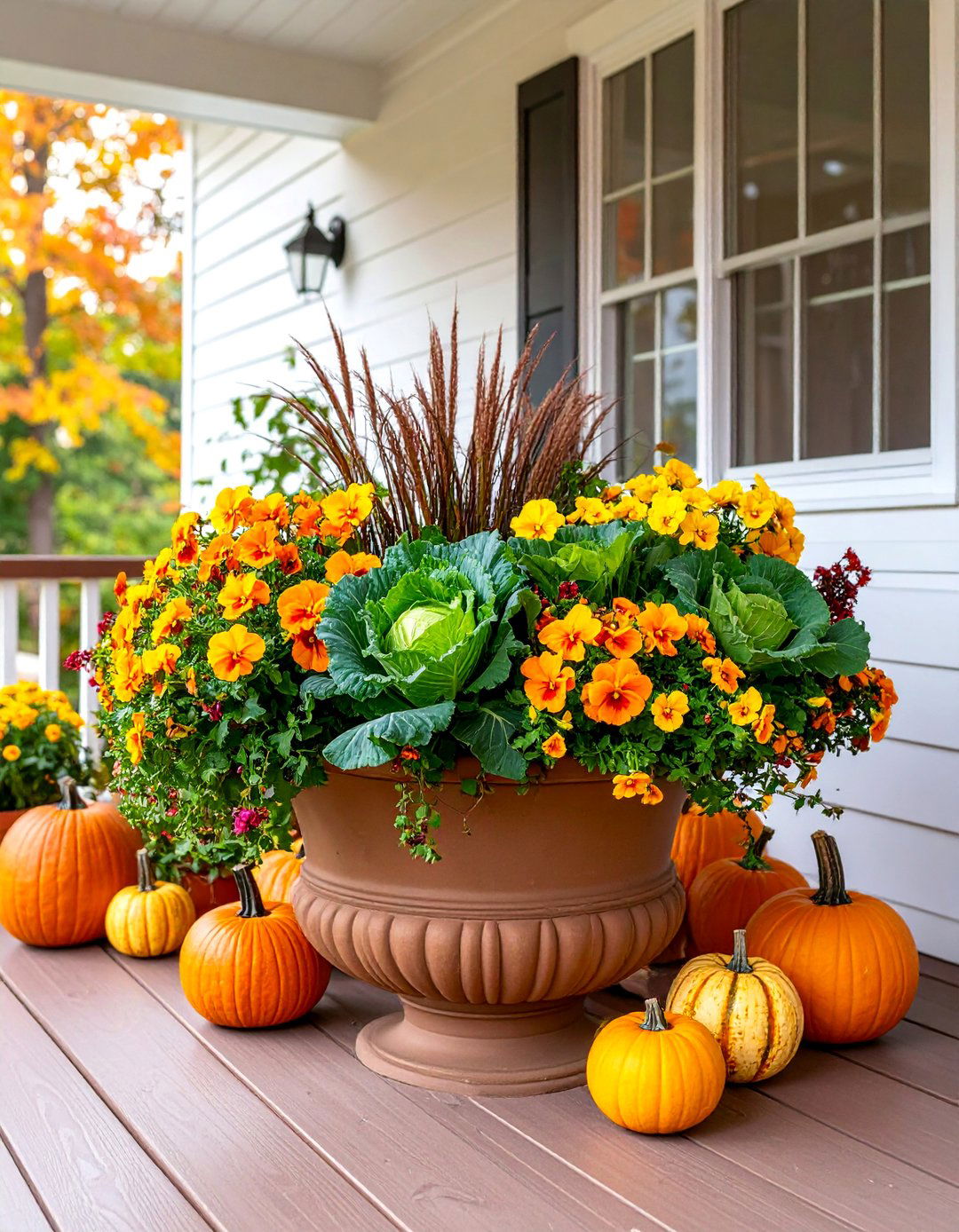
Celebrate fall's rich palette with this stunning seasonal arrangement that captures autumn's warmth through carefully chosen plants and colors. Begin with a large decorative urn or rustic container, establishing height with ornamental cabbage or kale varieties in deep purple and burgundy tones. Add texture contrast with bronze-colored fountain grass that sways gracefully in autumn breezes. Complete the arrangement with trailing orange or yellow pansies that echo the season's signature colors. Small decorative gourds or mini pumpkins can be nestled among the plants for added seasonal charm. This arrangement transitions beautifully from late summer through early winter, requiring minimal maintenance while providing maximum seasonal impact. The rich color combinations and varied textures create a sophisticated display that perfectly captures autumn's natural beauty.
5. Hanging Basket Waterfall Arrangement
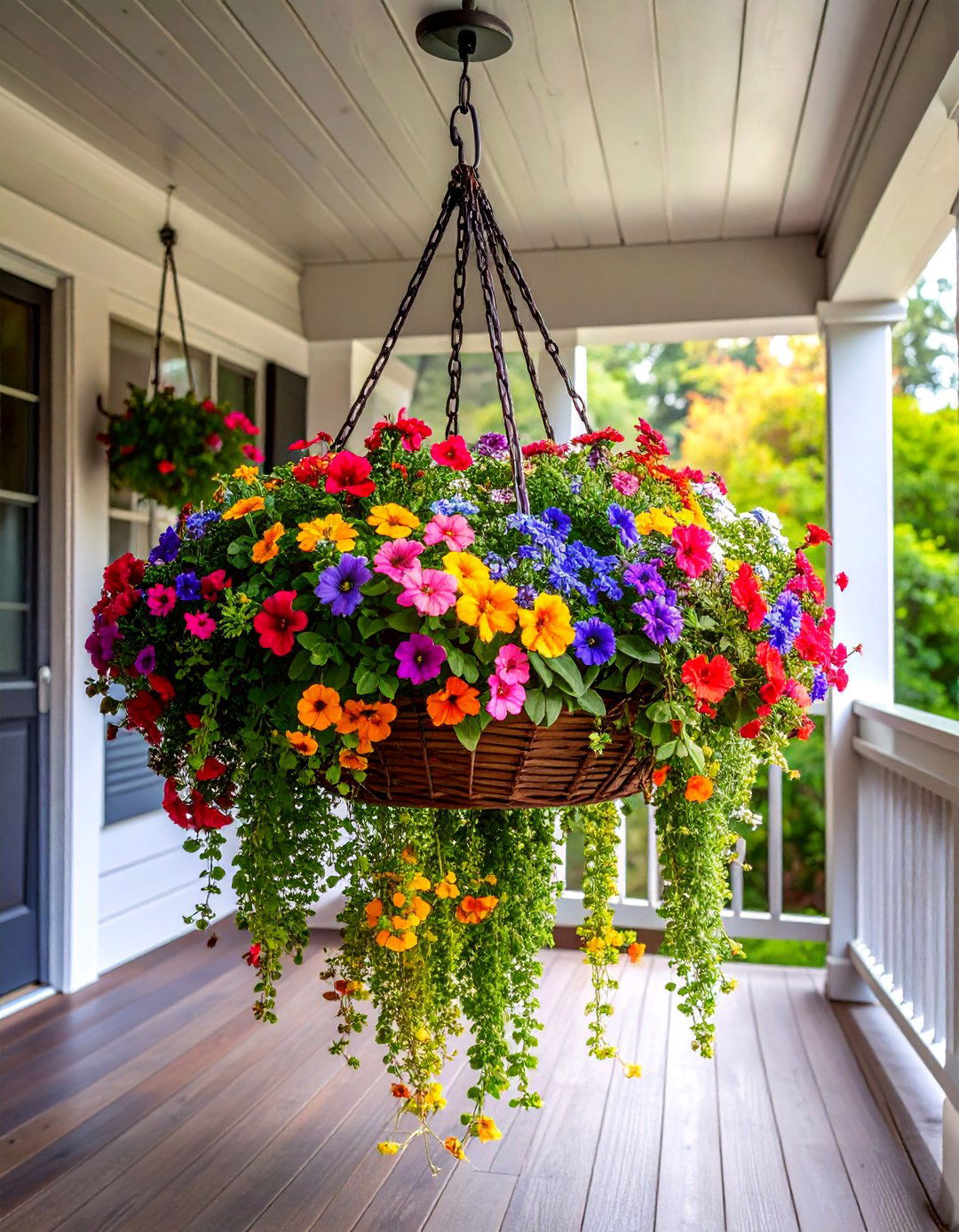
Create a stunning aerial display with this cascading hanging arrangement that maximizes vertical space while providing dramatic visual impact. Select a large wire basket lined with coconut fiber or a decorative hanging planter with adequate drainage. Position compact upright plants like small fuchsias or begonias in the center for height and structure. Surround these with trailing varieties such as ivy, trailing petunias, or bacopa that will cascade over the edges. The key to success lies in selecting plants with similar water and light requirements while creating layers of texture and color. This arrangement works beautifully on porches, patios, or balconies where it can be viewed from multiple angles. Regular deadheading and consistent watering ensure continuous blooms and healthy growth throughout the growing season.
6. Succulent Desert Garden Display

Design a low-maintenance desert-inspired arrangement featuring diverse succulent varieties that thrive with minimal care while providing striking architectural interest. Choose a wide, shallow container with excellent drainage, such as a modern concrete planter or decorative ceramic bowl. Arrange different succulent types by height and form, using larger specimens like agave or aloe as focal points. Fill in with smaller varieties such as echeveria, sedum, and jade plants, creating interesting patterns and color variations. Add decorative stones or colored gravel as mulch to enhance the desert aesthetic while improving drainage. This arrangement works perfectly in sunny locations and requires infrequent watering, making it ideal for busy lifestyles or challenging growing conditions. The diverse shapes, textures, and subtle color variations create year-round interest.
7. Edible Kitchen Garden Container
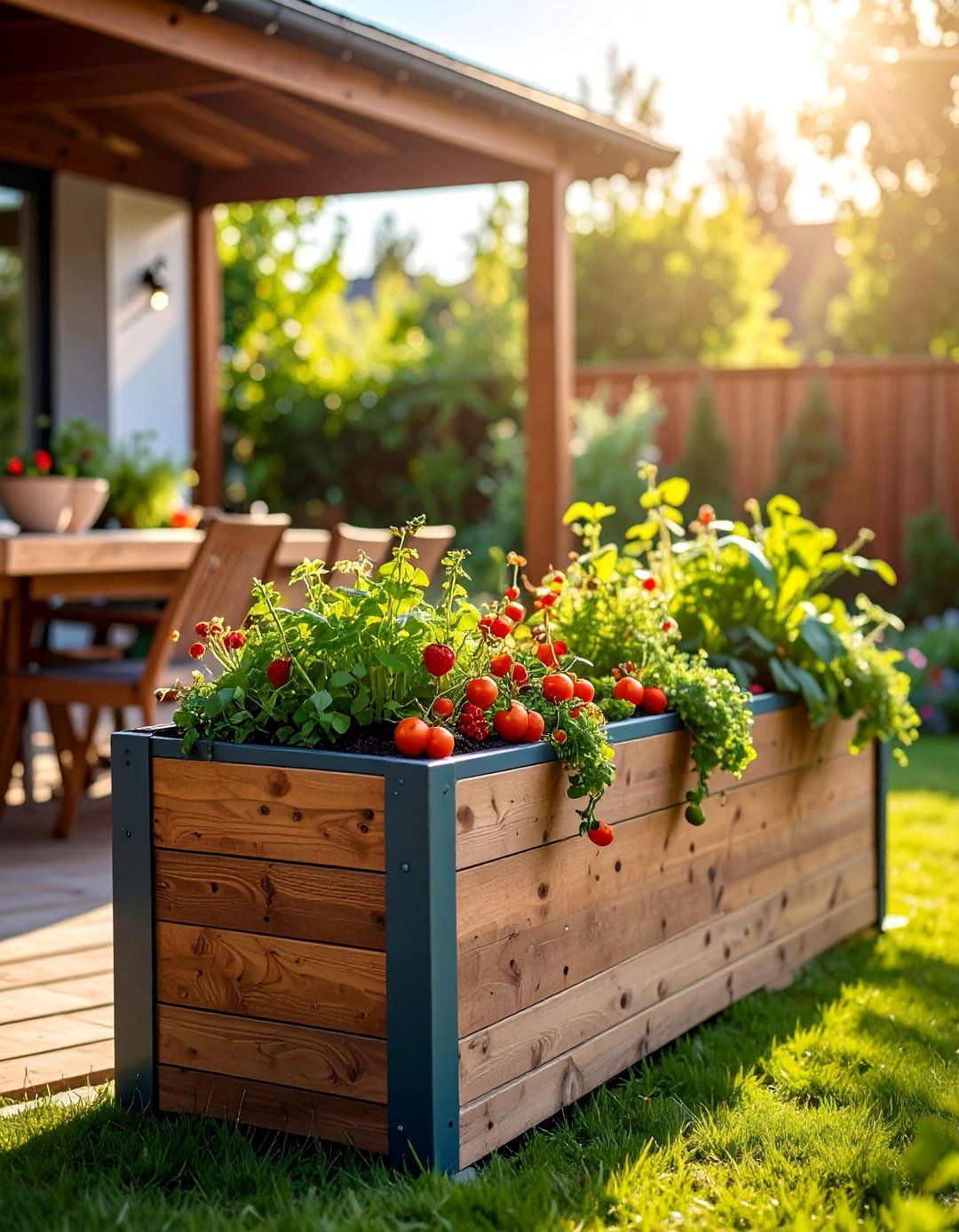
Combine beauty with functionality in this attractive edible arrangement that provides fresh herbs and vegetables while enhancing your outdoor dining area. Select a large, deep container with excellent drainage to accommodate root vegetables and herbs. Position taller plants like cherry tomatoes or peppers as your thriller elements, providing both height and productive potential. Surround these with mid-height herbs such as basil, oregano, and thyme that offer aromatic and culinary value. Edge the container with trailing strawberry plants or cascading herbs like trailing rosemary for visual softness. This practical arrangement delivers fresh ingredients for cooking while creating an attractive display that changes throughout the growing season. Regular harvesting encourages continued production while maintaining the arrangement's neat appearance and productive capacity.
8. Winter Evergreen Structural Arrangement
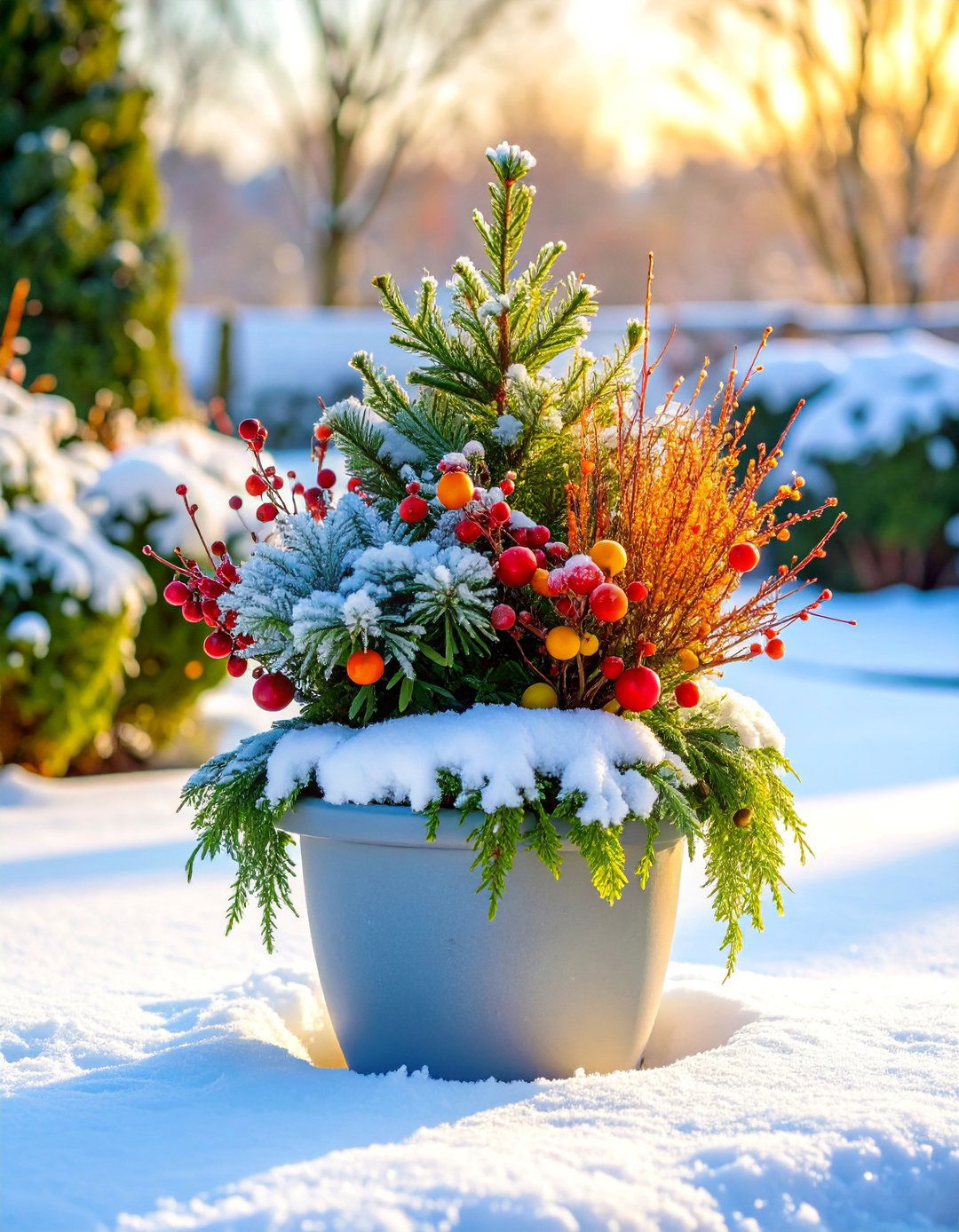
Maintain year-round beauty with this sophisticated evergreen arrangement designed to provide structure and interest during the dormant season. Choose a substantial frost-resistant container that can withstand winter weather conditions. Anchor the design with a dwarf conifer such as a compact juniper or dwarf pine as your primary focal point. Add winter interest with colorful twig dogwood varieties that provide bright stem colors throughout the cold months. Include evergreen trailing elements like wintergreen or small ivy varieties for edge softness. This arrangement serves as a foundational planting that looks attractive throughout winter while providing a framework for seasonal additions. The structural elements create a sophisticated display that maintains visual interest when other plantings are dormant, requiring minimal maintenance during harsh weather conditions.
9. Shade Garden Foliage Tapestry
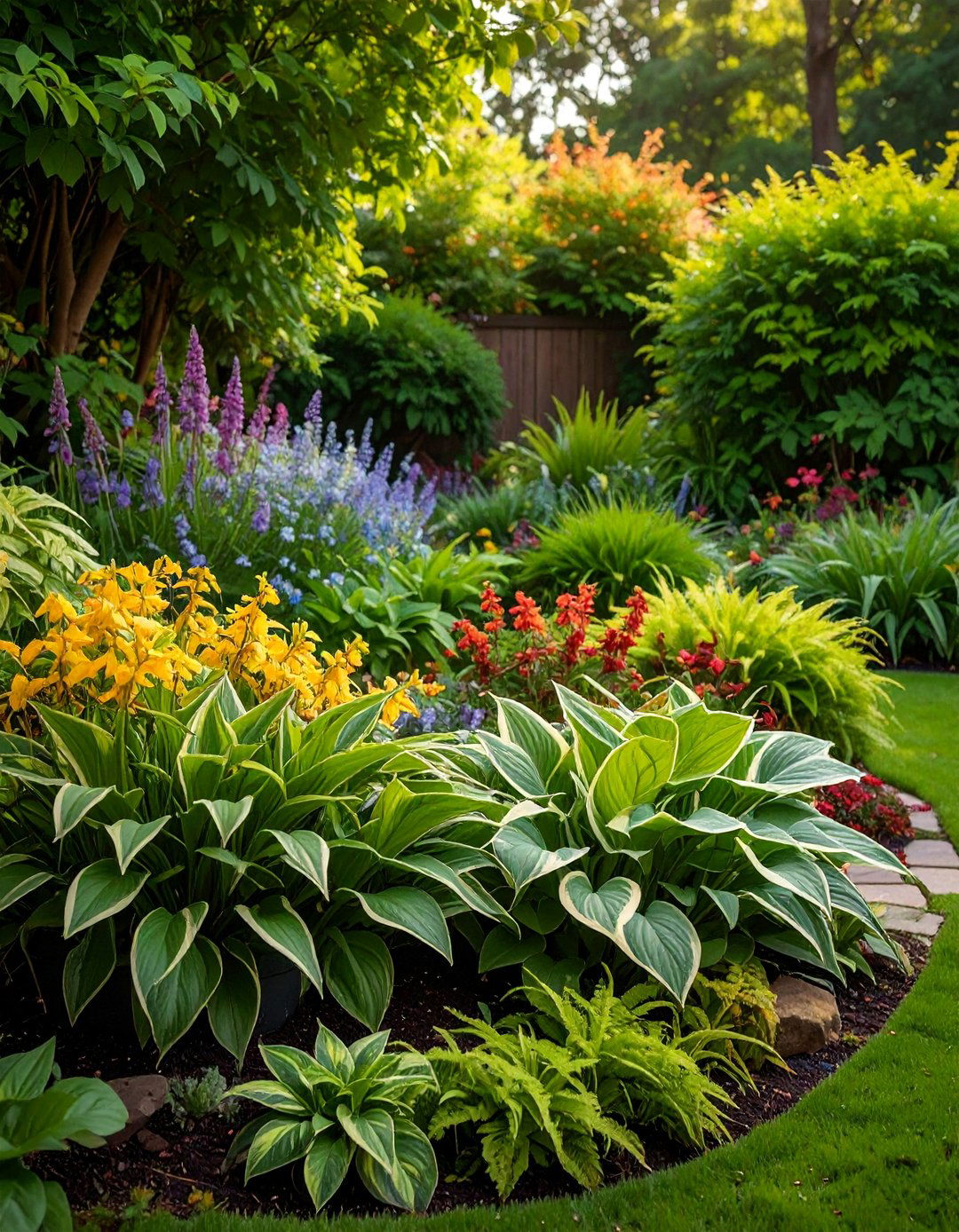
Create a lush, textural display perfect for shaded areas using diverse foliage plants that thrive without direct sunlight. Select a wide container that allows for generous plant spacing and root development. Combine different leaf shapes, sizes, and colors to create visual interest without relying on flowers. Use hostas with variegated patterns as anchor plants, adding ferns for delicate texture contrast. Include colorful foliage plants like coral bells or caladiums for seasonal color variation. This arrangement proves that shade gardens can be just as dramatic and interesting as sunny displays through thoughtful plant selection and arrangement. The varied textures and subtle color differences create a sophisticated tapestry that evolves throughout the growing season. Regular leaf cleanup and appropriate moisture levels maintain the arrangement's lush appearance.
10. Mediterranean Herb Garden Arrangement
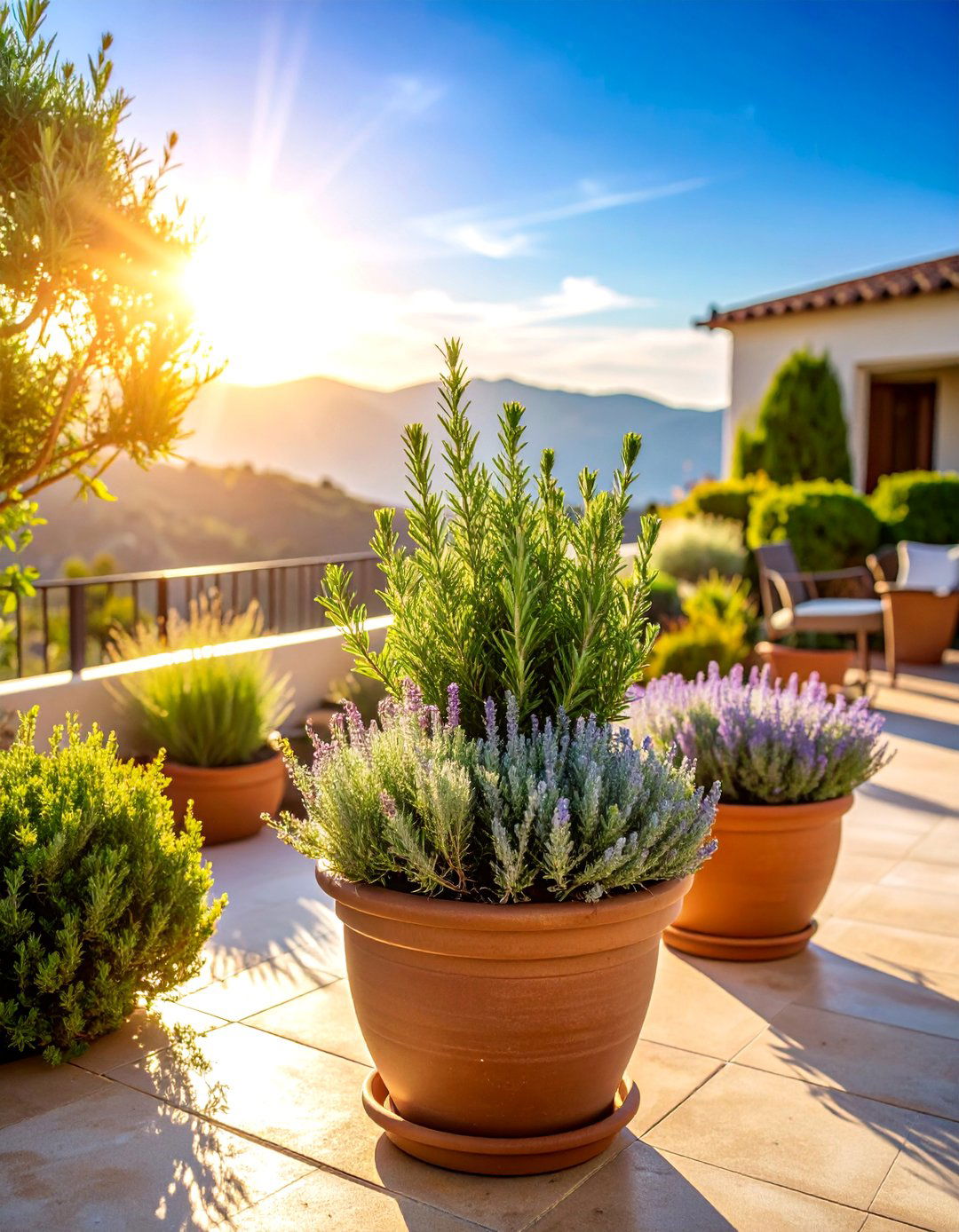
Capture the essence of Mediterranean landscapes with this aromatic arrangement featuring drought-tolerant herbs and silvery foliage plants. Choose a terracotta or stone container that complements the Mediterranean aesthetic while providing excellent drainage. Establish height with a rosemary topiary or lavender plant as your central focus. Surround this with other aromatic herbs like thyme, oregano, and sage that offer both culinary and aromatic benefits. Add silvery foliage plants such as dusty miller or artemisia for color contrast and texture variation. This arrangement thrives in sunny, well-drained conditions while providing fresh herbs for cooking and natural pest deterrence. The silvery-green color palette and aromatic qualities create a sensory experience that transports you to Mediterranean hillsides while offering practical benefits for the kitchen garden.
11. Vertical Stacked Tower Garden
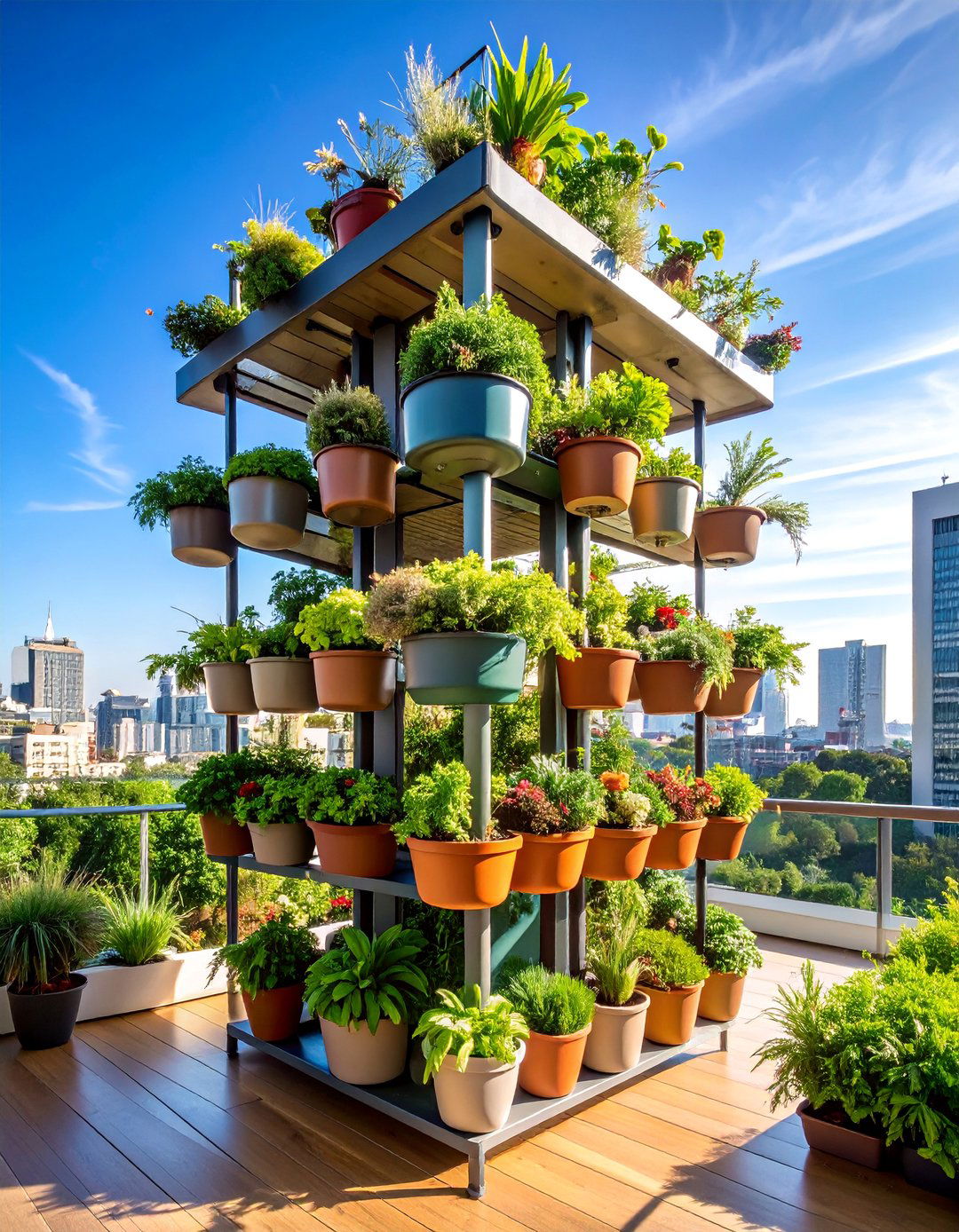
Maximize growing space with this innovative vertical arrangement that creates multiple planting zones within a compact footprint. Use a series of progressively smaller pots threaded onto a central support rod, creating a tiered tower effect. Plant each level with appropriate varieties, placing sun-loving plants at the top and shade-tolerant ones below. Include trailing varieties at each level to create cascading effects between tiers. This space-efficient design works perfectly for balconies or small patios where ground space is limited. The vertical structure creates visual drama while providing growing space for multiple plant varieties. Careful attention to watering ensures that each level receives appropriate moisture without overwatering lower plants. This innovative approach demonstrates how creative thinking can overcome space limitations.
12. Colorful Summer Blooming Spectacular
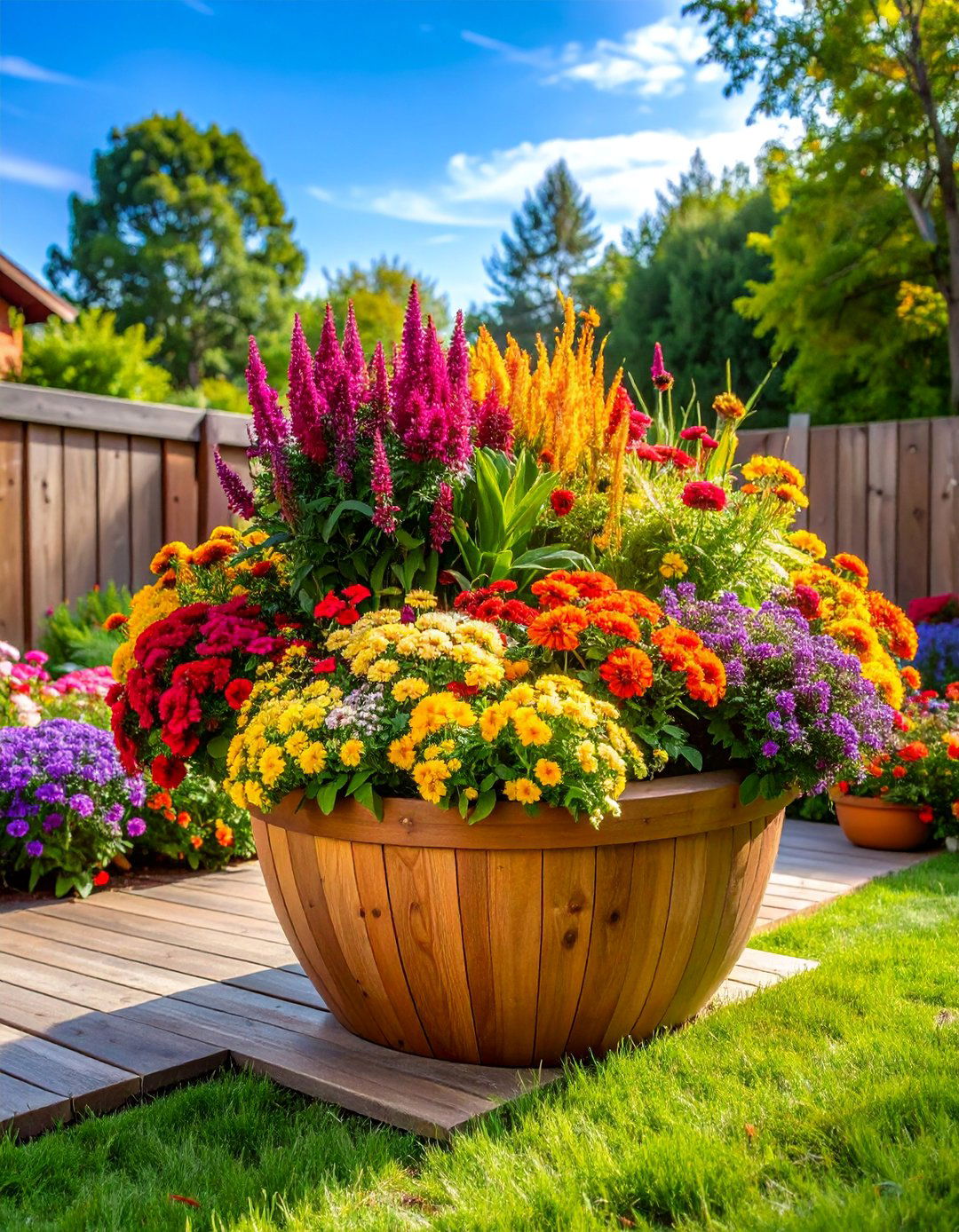
Design a showstopping summer arrangement that delivers continuous color and excitement throughout the hottest months of the year. Select a large container that can support vigorous summer growth and frequent watering needs. Combine heat-loving annuals in complementary colors, using tall varieties like celosia or salvia for height and structure. Fill in with medium-height flowering plants such as zinnias, marigolds, or vinca for consistent blooming. Edge with trailing petunias or calibrachoa for cascading color that softens container edges. This high-impact arrangement requires regular deadheading and fertilizing to maintain peak performance throughout summer. The bold color combinations and continuous blooming create a festive atmosphere perfect for entertaining areas. Strategic plant placement ensures that colors complement rather than compete for attention.
13. Japanese Zen Contemplative Garden
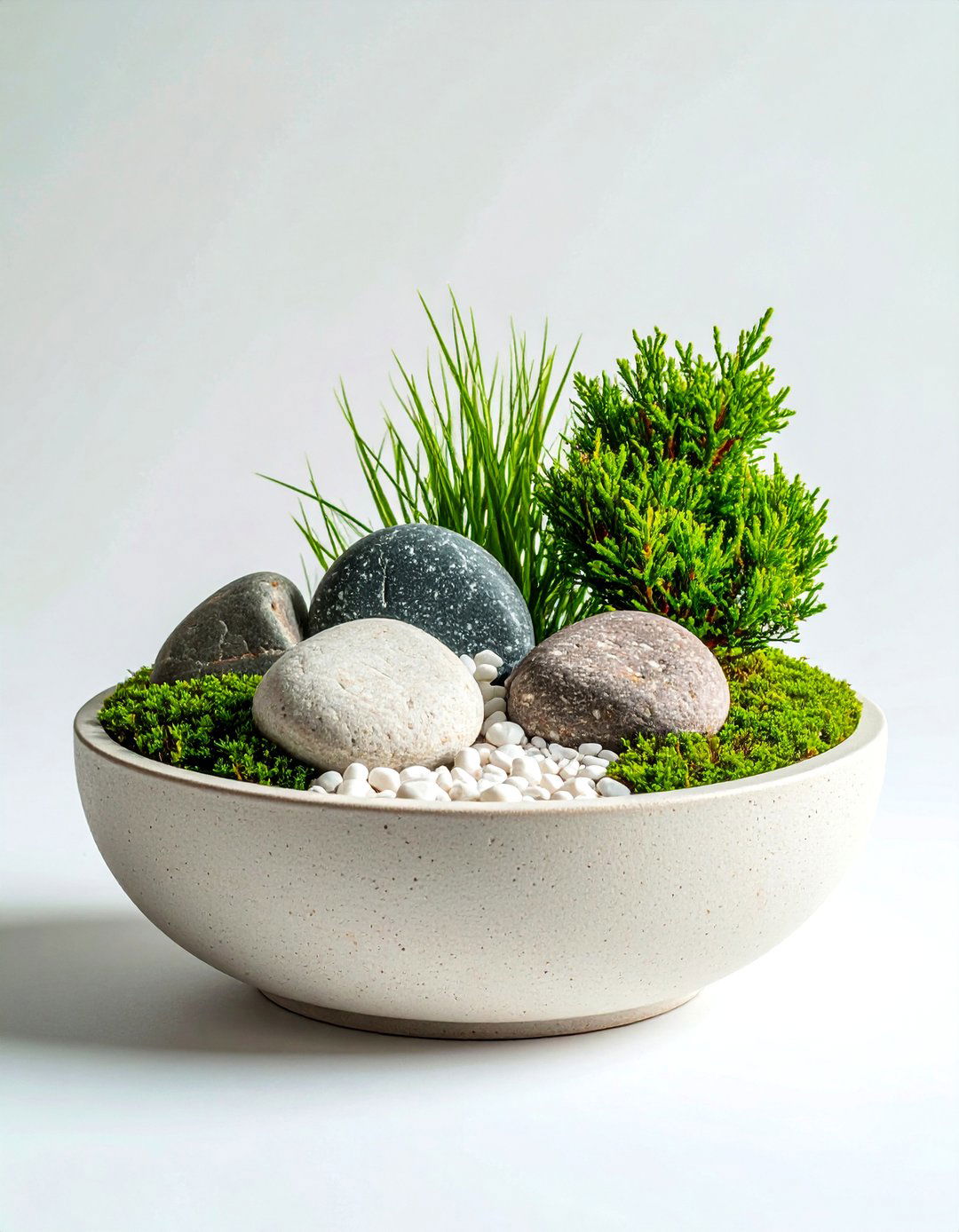
Create a peaceful, meditative arrangement inspired by Japanese garden principles that emphasizes simplicity, balance, and natural harmony. Choose a simple container in neutral tones that won't distract from the plants themselves. Select plants with architectural forms and subtle beauty, such as ornamental grasses, small conifers, or carefully pruned shrubs. Add elements like smooth stones or decorative pebbles to enhance the contemplative atmosphere. This arrangement focuses on form, texture, and the interplay of different plant shapes rather than flashy colors or busy patterns. The resulting display promotes tranquility and reflection while requiring minimal maintenance. Strategic placement near seating areas enhances the meditative qualities while creating a focal point for quiet contemplation and stress relief.
14. Cottage Garden Wildflower Meadow
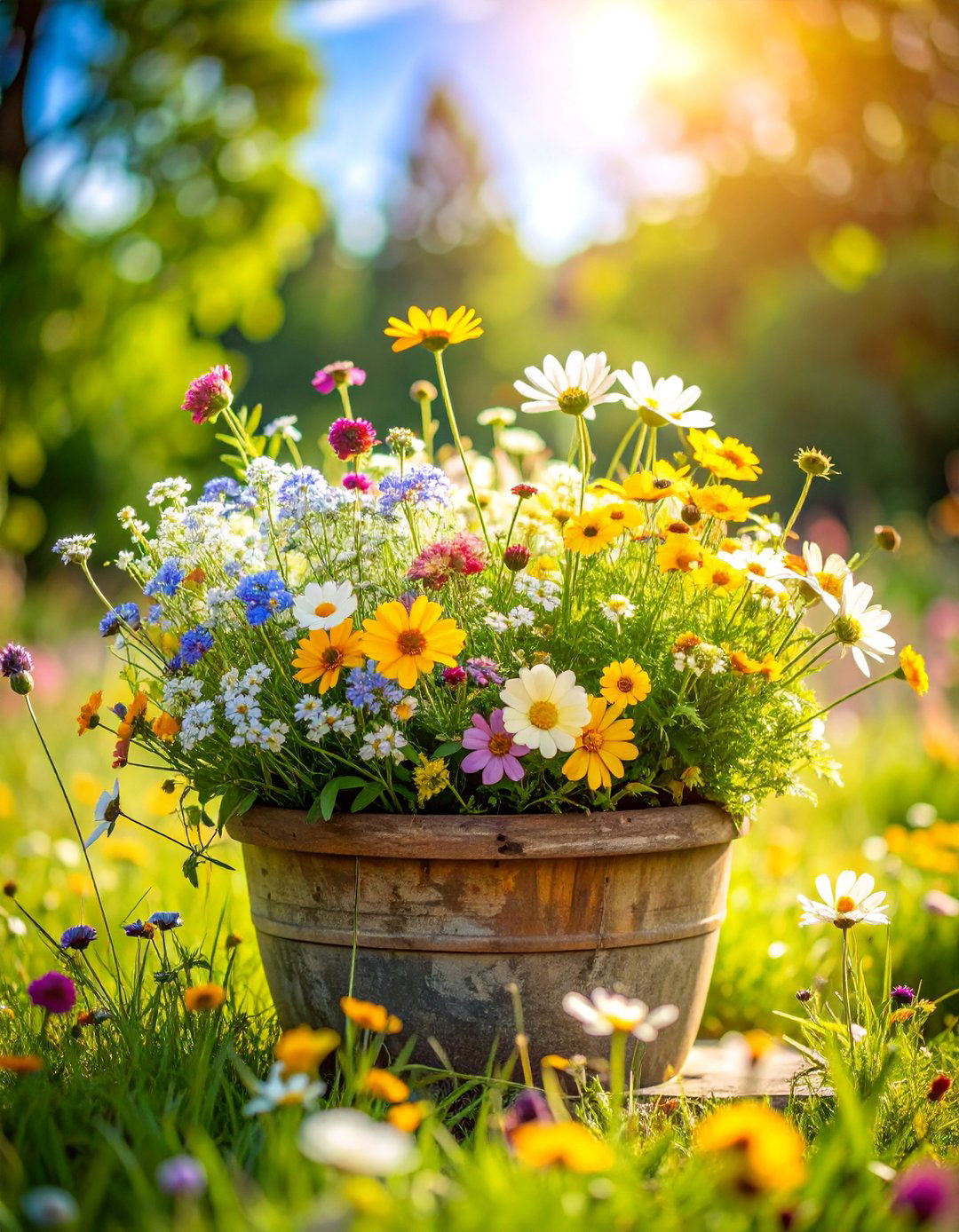
Capture the informal charm of English countryside with this naturalistic arrangement that mimics wildflower meadows in miniature form. Use a weathered container or vintage vessel that enhances the rustic aesthetic while providing adequate drainage. Combine cottage garden favorites like sweet alyssum, bachelor buttons, and cosmos for natural, informal beauty. Include ornamental grasses for movement and texture contrast that enhances the meadow-like appearance. Allow plants to grow somewhat freely, embracing the informal, slightly untidy look that characterizes cottage gardens. This arrangement celebrates natural beauty and seasonal changes while providing habitat for beneficial insects and pollinators. The relaxed maintenance approach allows plants to self-seed and develop natural growing patterns that enhance the authentic cottage garden atmosphere.
15. Modern Architectural Succulent Sculpture
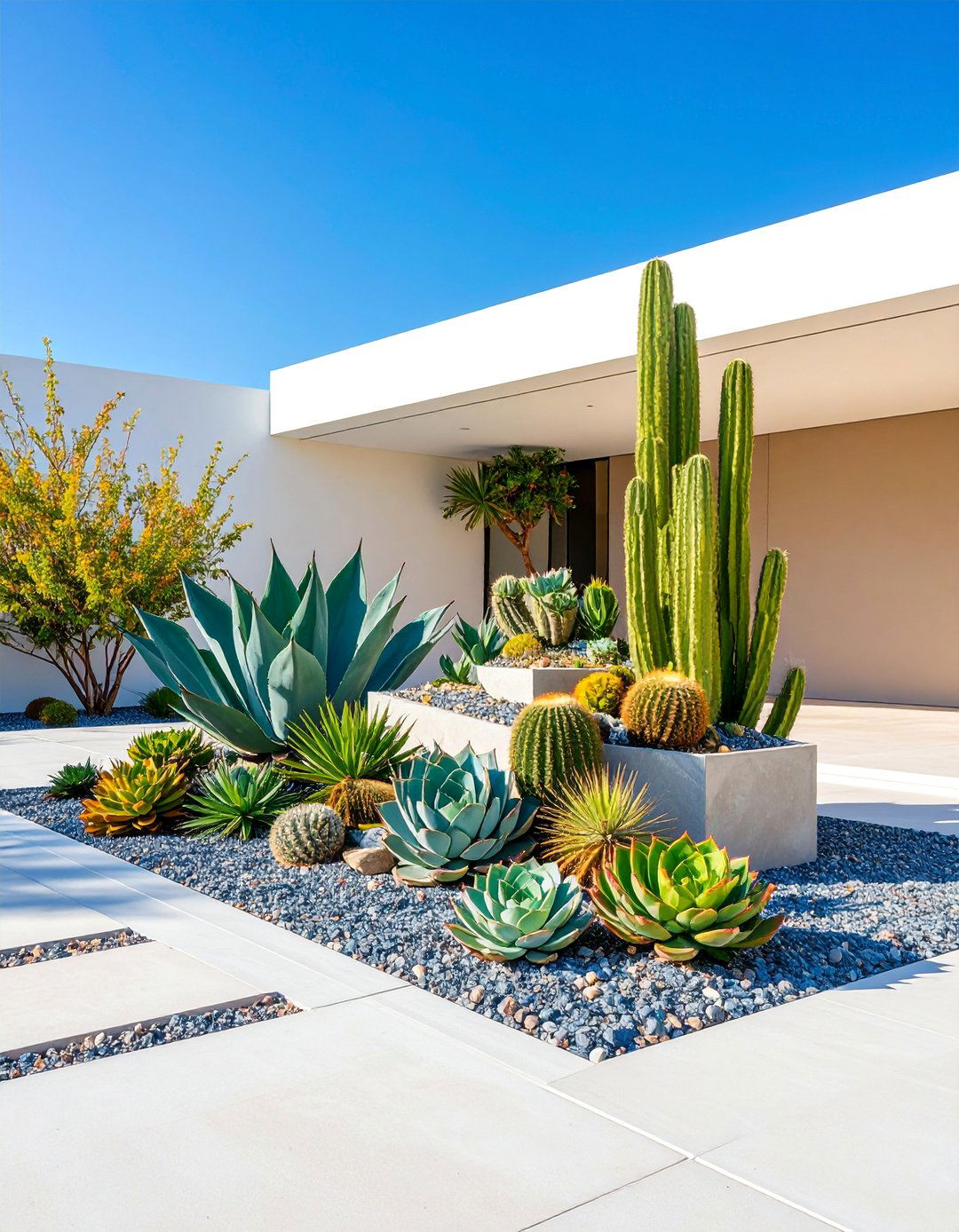
Design a contemporary living sculpture using architectural succulents arranged to create bold geometric patterns and striking visual interest. Select a sleek container with clean lines and modern proportions that complement contemporary home design. Arrange succulents by size, shape, and color to create intentional patterns that emphasize their sculptural qualities. Use larger specimens as focal points while filling in with smaller varieties that create textural interest. Add decorative stones or colored gravel to enhance the architectural effect while providing practical mulching benefits. This low-maintenance arrangement serves as living art that changes slowly over time as plants mature and develop. The geometric arrangements and architectural plant forms create a sophisticated display that complements modern interior and exterior design themes.
16. Fragrant Evening Garden Container
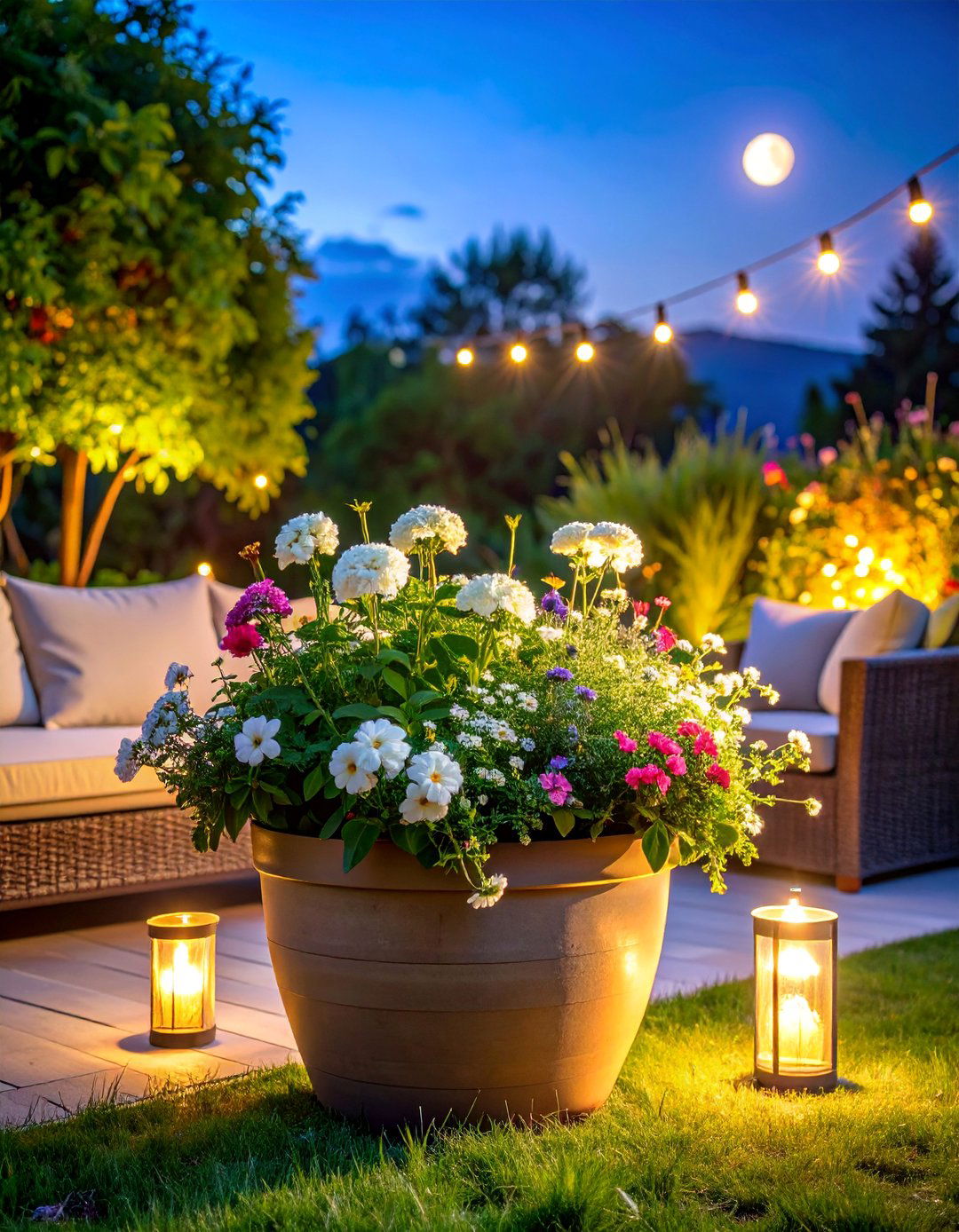
Create an enchanting arrangement designed to release intoxicating fragrances during evening hours when you're most likely to enjoy outdoor relaxation. Choose a container positioned near seating areas or pathways where fragrances can be fully appreciated. Include evening-blooming plants like four o'clocks or moonflowers for nighttime interest. Add fragrant herbs such as lavender, scented geraniums, or jasmine that release oils when touched or disturbed by evening breezes. Night-blooming cereus or evening primrose provide seasonal flowering interest for nighttime garden enthusiasts. This sensory arrangement enhances outdoor evening entertainment while creating a romantic atmosphere for dining or relaxation. The combination of visual beauty and aromatic pleasure creates a multi-sensory experience that extends garden enjoyment into nighttime hours.
17. Child-Friendly Garden Learning Container

Design an educational and safe arrangement that introduces children to gardening while providing hands-on learning opportunities about plant growth and care. Select a sturdy container at appropriate height for young gardeners to access easily and safely. Choose fast-growing, forgiving plants that provide quick results and maintain children's interest throughout the growing season. Include sensory plants with interesting textures, colors, or fragrances that engage multiple senses during exploration. Add edible varieties like cherry tomatoes or herbs that provide immediate rewards for gardening efforts. This arrangement serves as an outdoor classroom where children can observe plant life cycles, learn responsibility through plant care, and develop appreciation for nature. The success-oriented plant choices ensure positive experiences that encourage continued gardening interest.
18. Prairie Grassland Native Display
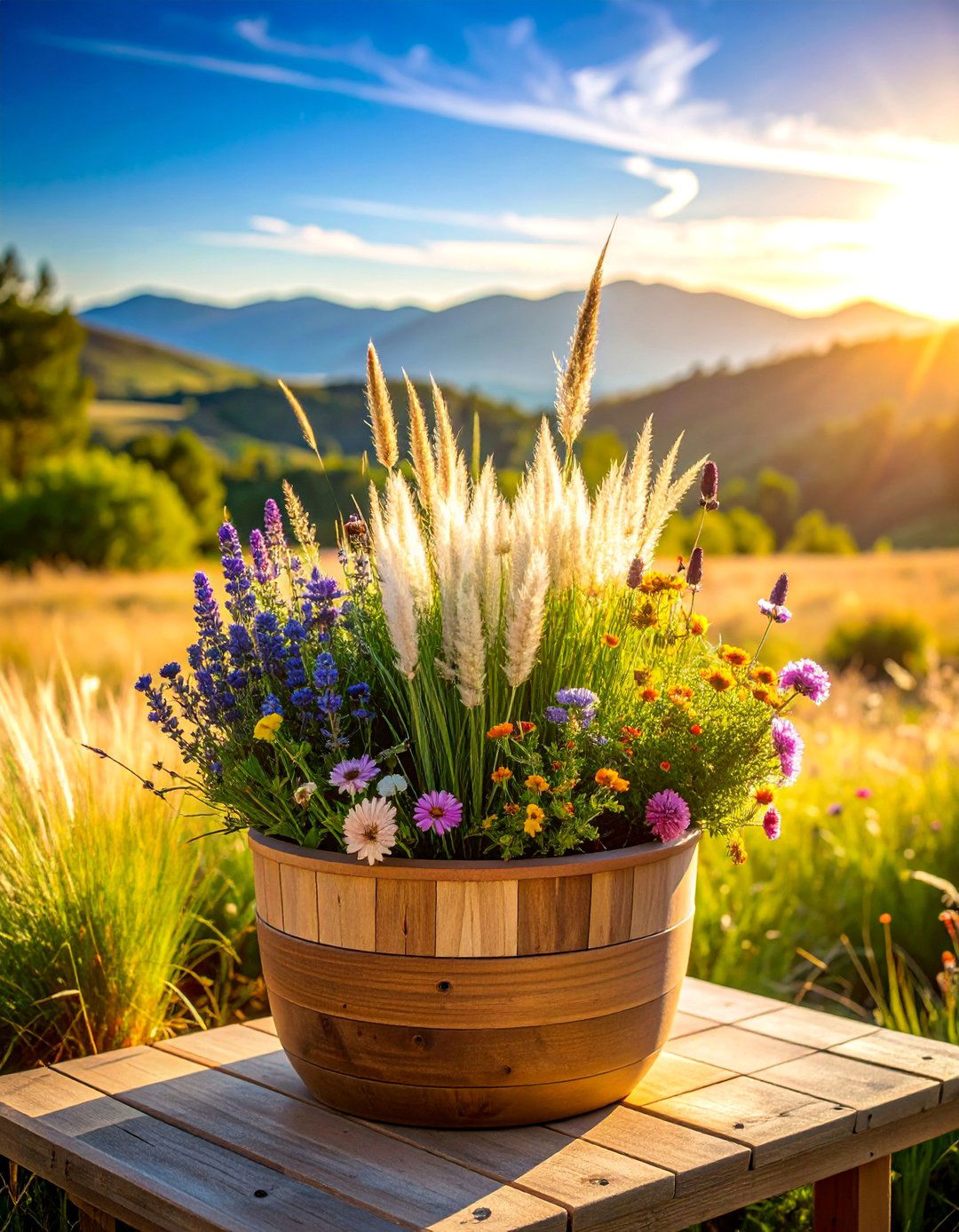
Celebrate regional ecosystems with this arrangement featuring native prairie plants that provide environmental benefits while creating authentic regional character. Choose plants indigenous to your area that support local wildlife while requiring minimal supplemental watering or care. Include native grasses for movement and structural interest that changes with seasonal conditions. Add wildflowers that provide nectar sources for native pollinators while creating seasonal color displays. This environmentally responsible arrangement demonstrates sustainable gardening practices while connecting your garden to the broader regional landscape. The low-maintenance requirements and wildlife benefits make this an excellent choice for eco-conscious gardeners. Native plant combinations create authentic regional character while supporting biodiversity and ecological health through thoughtful plant selection.
19. Moonlight Garden Silver Display
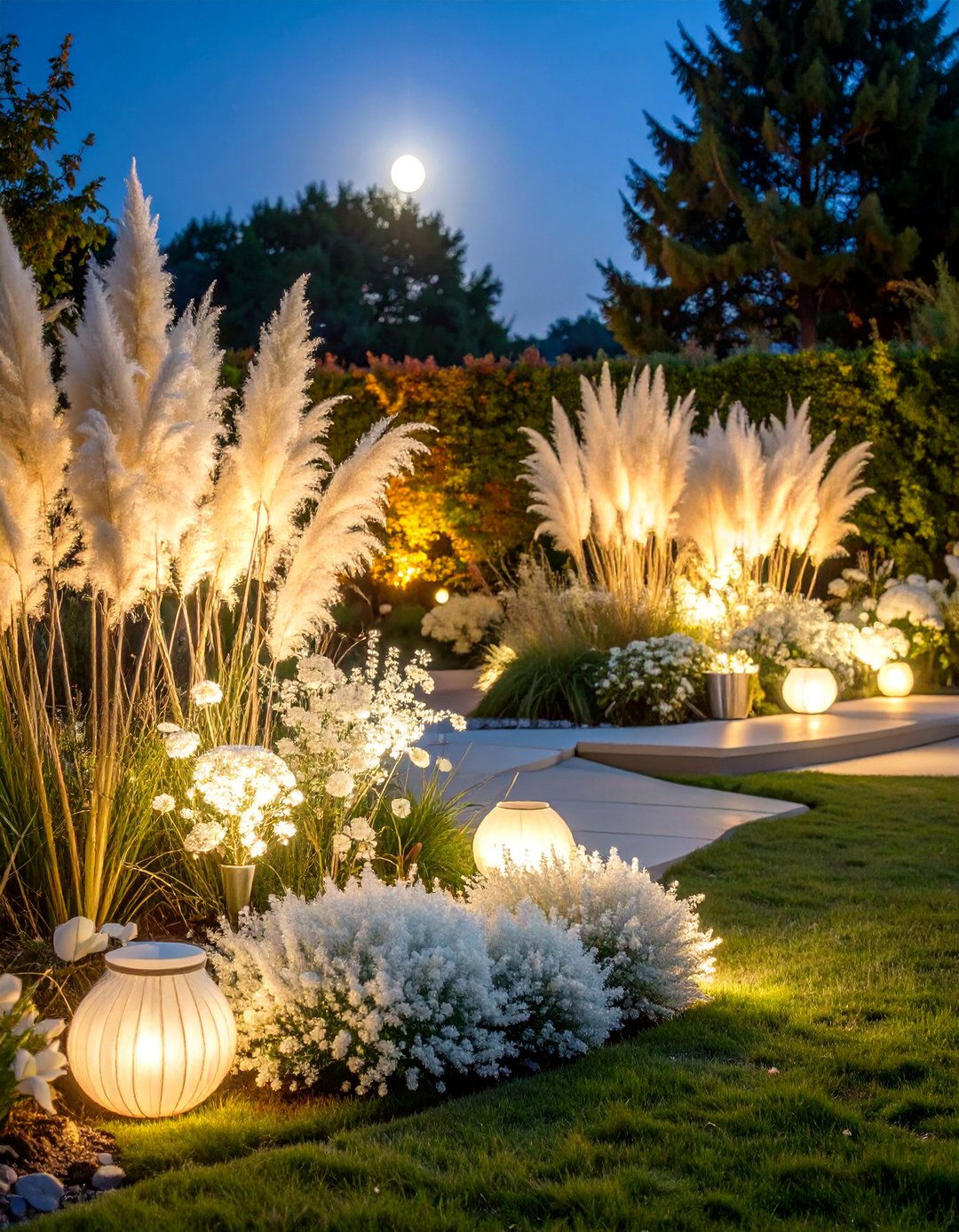
Design an ethereal arrangement featuring plants with silvery foliage that glows mysteriously in moonlight and evening illumination. Select plants known for their metallic or silvery leaf coloration such as dusty miller, lamb's ear, or silver sage. Include white or pale flowering plants that become luminous in low light conditions, creating magical nighttime effects. Position this arrangement where it can be viewed from indoor spaces during evening hours or illuminated by landscape lighting. The monochromatic silver theme creates sophisticated elegance while providing dramatic nighttime interest that conventional gardens often lack. This unique approach to container gardening extends visual pleasure into evening hours while creating a distinctive focal point that sets your garden apart from traditional colorful displays.
20. Four Season Transitional Arrangement
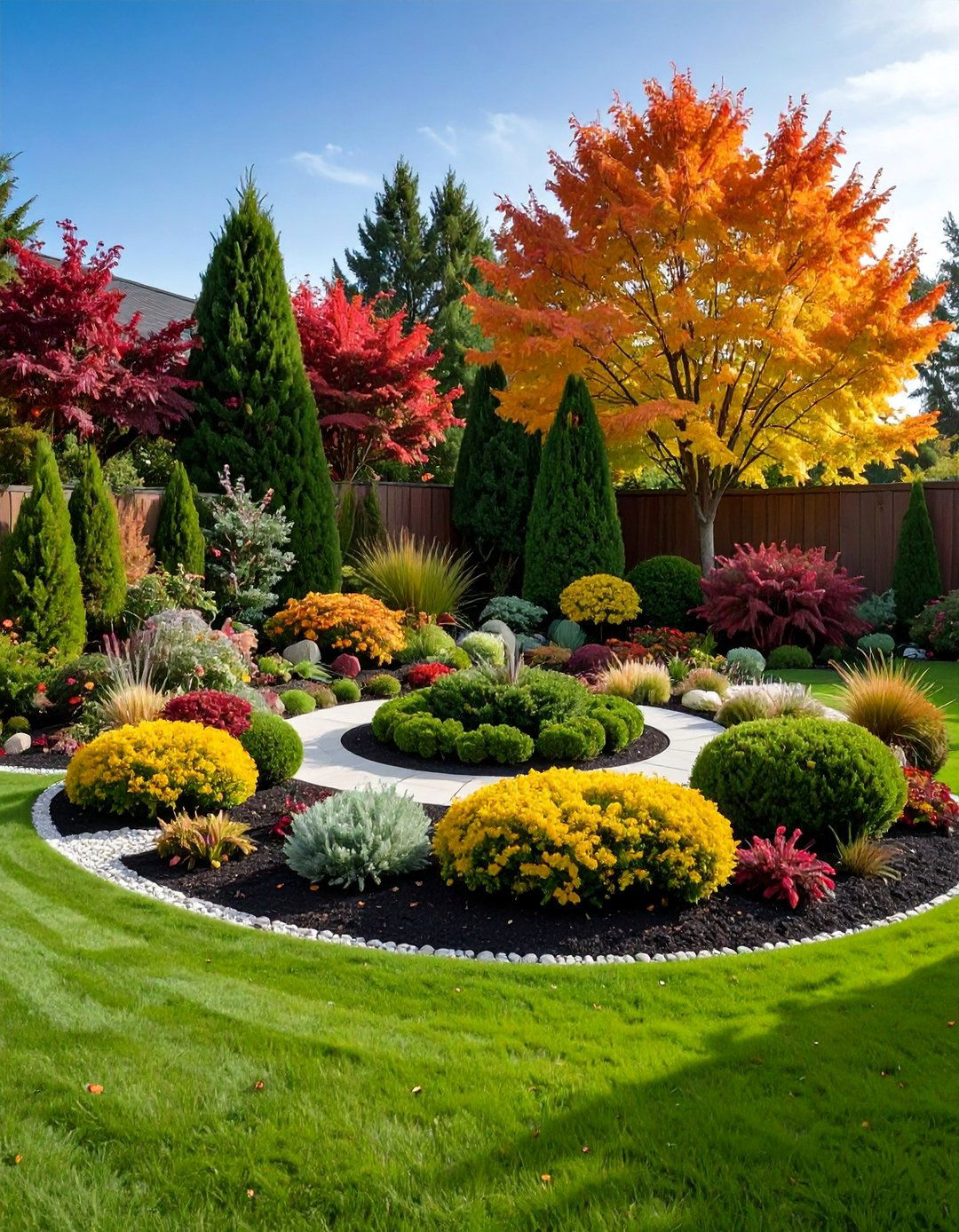
Create a dynamic arrangement designed to provide year-round interest through strategic plant selection and seasonal updates that maintain continuous visual appeal. Establish a framework using evergreen plants that provide consistent structure throughout all seasons while serving as anchors for changing elements. Include deciduous plants that offer seasonal variation through foliage changes, flowering periods, or interesting winter bark characteristics. Plan for seasonal additions like spring bulbs, summer annuals, or autumn decoratives that can be incorporated without disturbing the permanent framework. This long-term approach to container gardening provides maximum value while reducing annual replanting efforts. The evolving display creates ongoing interest while maintaining a cohesive design theme that adapts to seasonal changes.
21. Desert Sunset Color Theme Arrangement
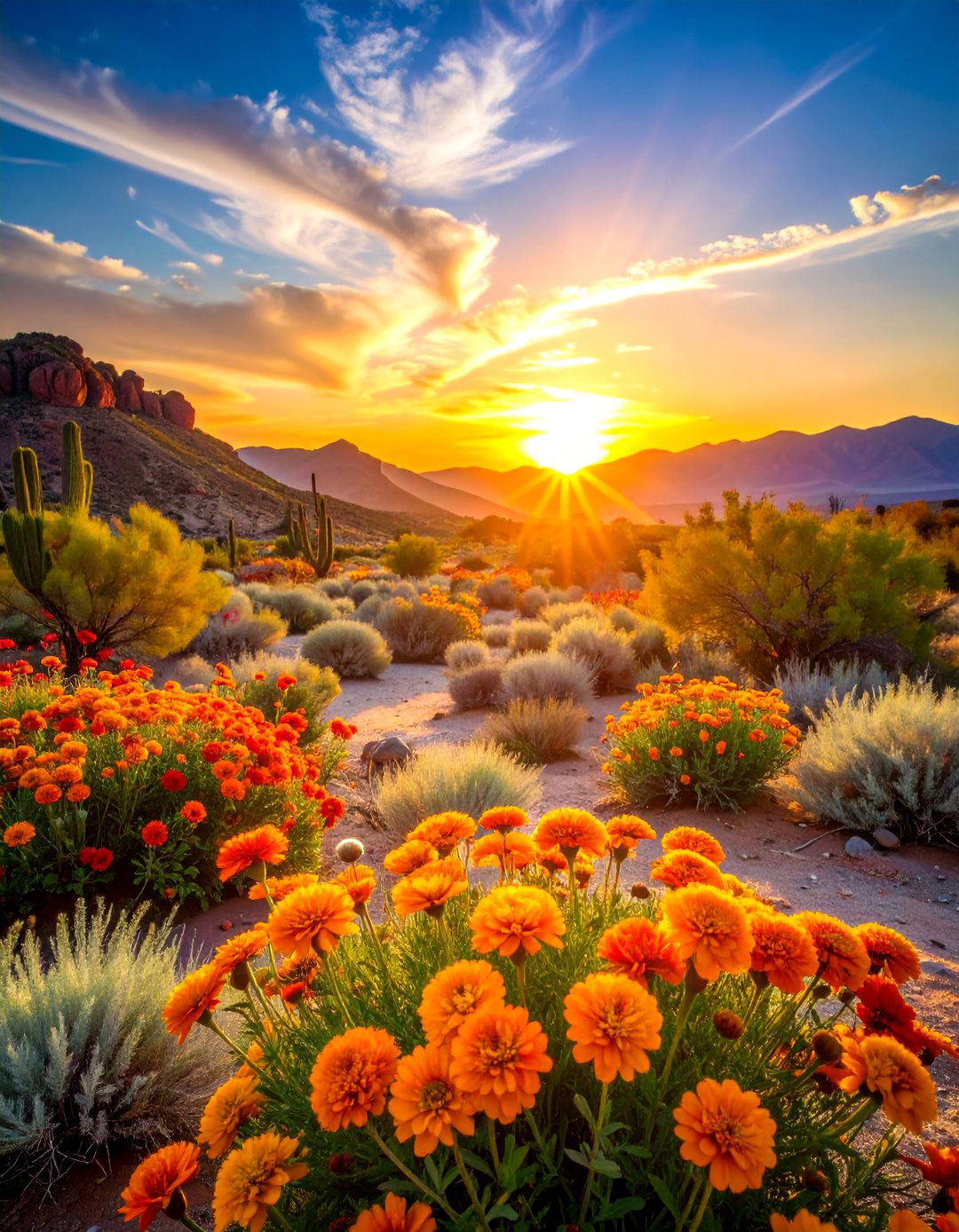
Capture the dramatic beauty of desert sunsets with this warm-toned arrangement featuring plants in shades of orange, red, gold, and purple. Select heat-tolerant plants that thrive in sunny conditions while providing the desired color palette throughout the growing season. Include flowering plants like marigolds, zinnias, or celosia in sunset colors for continuous blooming interest. Add foliage plants with bronze, burgundy, or golden tones that provide color even when not in bloom. This vibrant arrangement creates a focal point that radiates warmth and energy while celebrating the dramatic beauty of natural sunset colors. The carefully coordinated color scheme creates visual harmony while providing enough variety to maintain interest throughout the growing season.
22. Hanging Basket Pollinator Haven
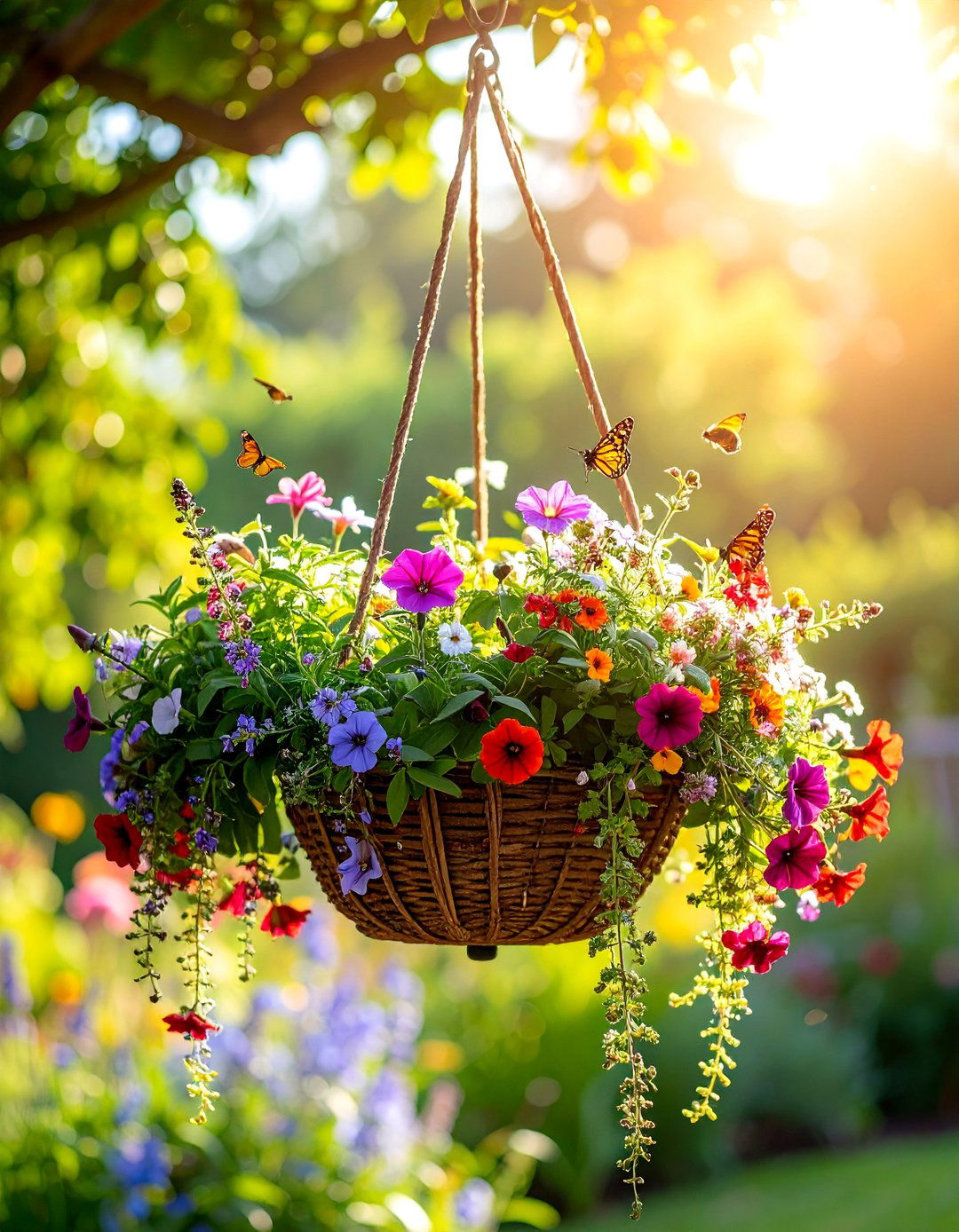
Design a suspended arrangement specifically intended to attract and support beneficial pollinators while creating beautiful aerial displays. Select flowering plants known for their appeal to bees, butterflies, and hummingbirds such as petunias, lobelia, or trailing verbena. Include plants with different bloom times to provide continuous nectar sources throughout the growing season. Position baskets at appropriate heights where pollinators can access flowers easily while allowing for comfortable viewing and maintenance. This environmentally beneficial arrangement supports local ecosystems while providing educational opportunities to observe pollinator behavior. The combination of ecological benefits and visual beauty demonstrates how container gardening can contribute to environmental stewardship while enhancing landscape aesthetics.
23. Textural Foliage Contrast Display
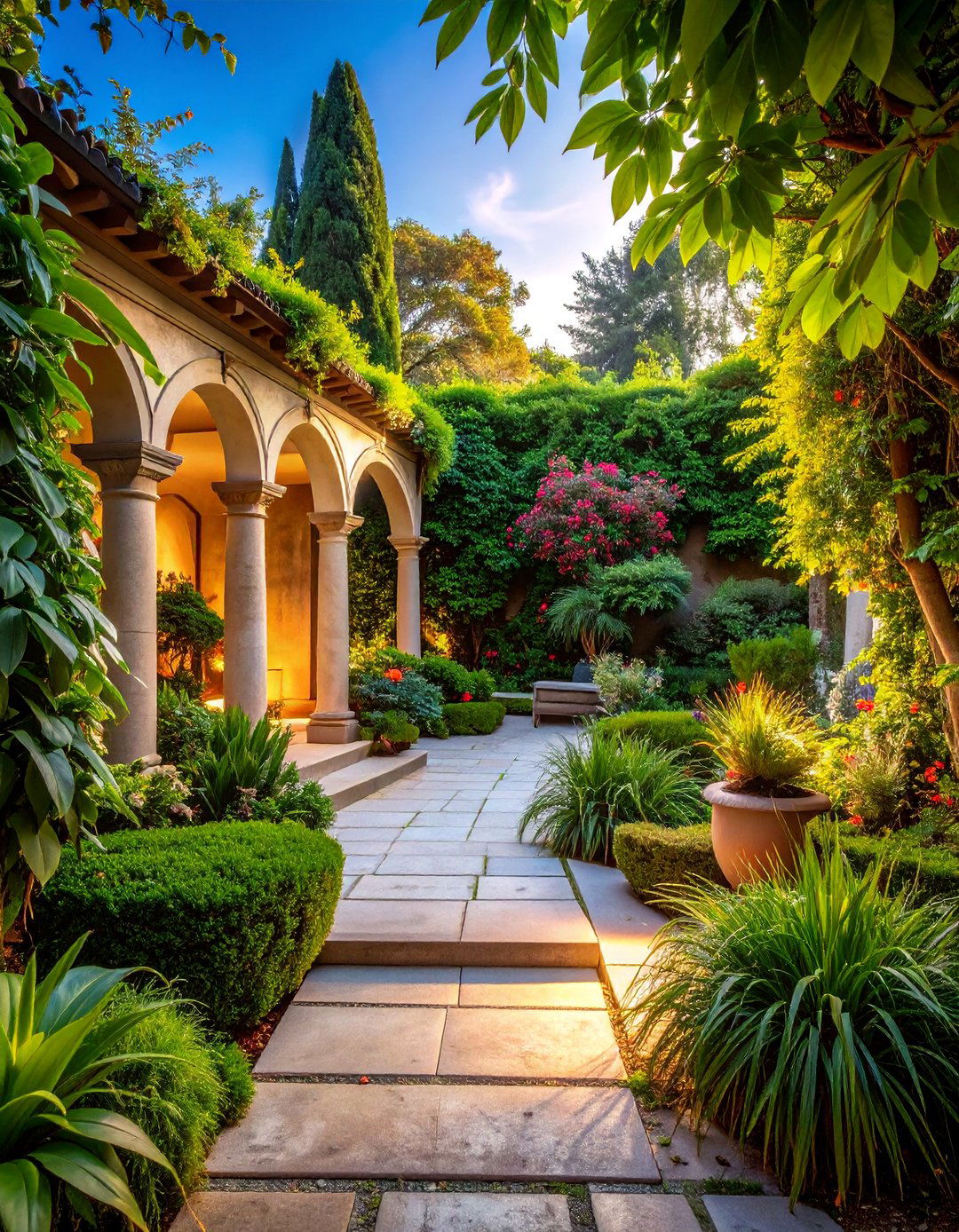
Create visual drama through strategic combinations of plants with dramatically different leaf textures, shapes, and growth habits that emphasize variety without relying on flower color. Combine smooth, glossy foliage with fuzzy or textured leaves to create tactile interest that invites closer inspection. Include plants with contrasting leaf sizes, from large bold specimens to delicate, fine-textured varieties that create visual balance. Add architectural plants with strong geometric forms alongside soft, flowing specimens for dynamic contrast. This sophisticated approach to container design proves that foliage alone can create stunning visual displays that remain interesting throughout the growing season. The emphasis on texture and form creates a more subtle but equally compelling alternative to traditional flower-focused arrangements.
24. Cascading Waterfall Living Arrangement
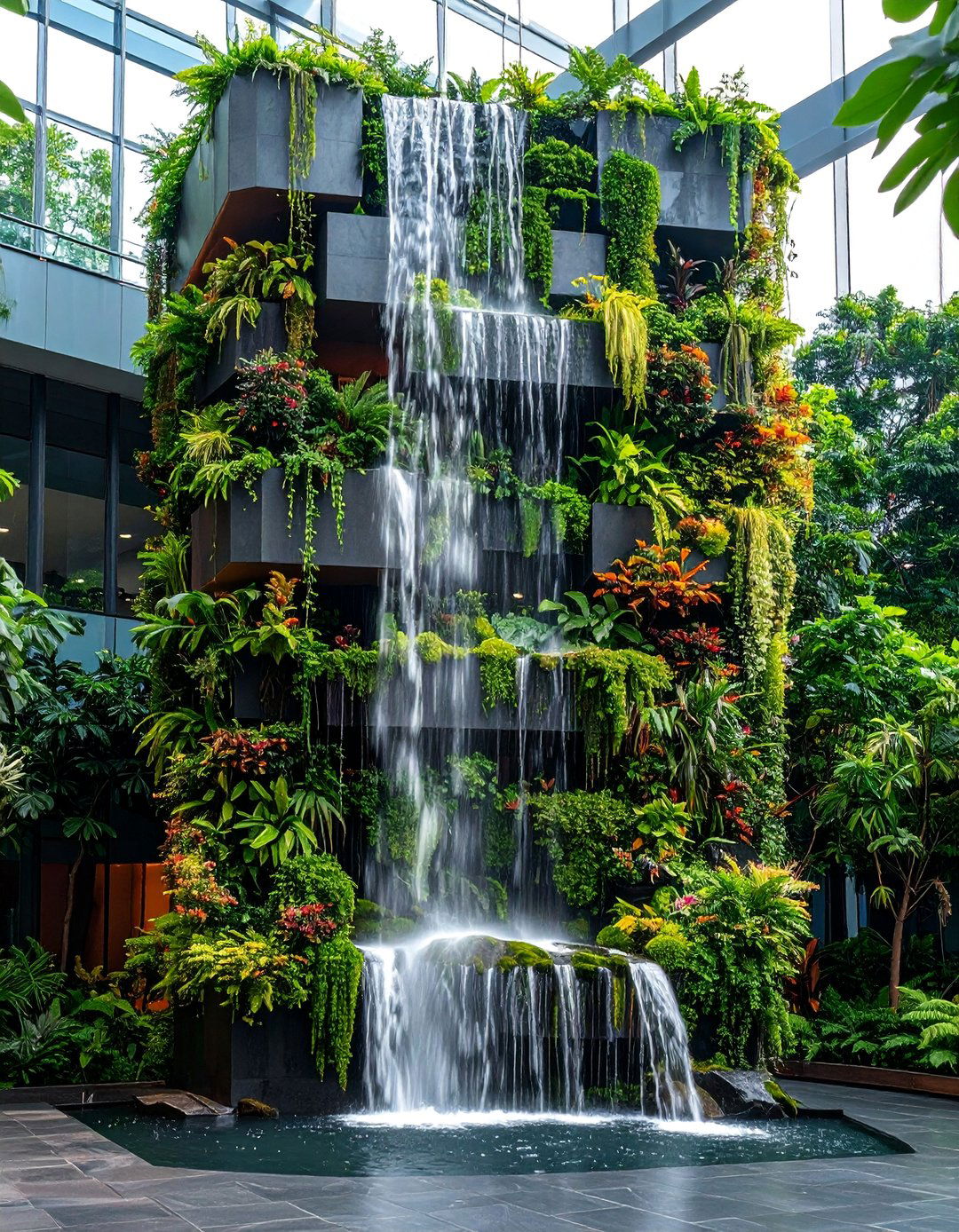
Design a dramatic arrangement that creates the visual effect of cascading water through careful selection and placement of trailing plants with flowing growth habits. Position the container at an elevated location where trailing elements can fall freely without obstruction, creating maximum dramatic impact. Select trailing plants with different textures and growth rates to create layers of cascading foliage that change throughout the season. Include plants with varying leaf colors or patterns to enhance the flowing effect while maintaining visual interest. This artistic approach to container gardening creates living sculpture that changes and evolves throughout the growing season. The flowing lines and cascading growth patterns create movement and visual drama that transforms ordinary spaces into artistic displays.
25. Micro Climate Specialty Garden
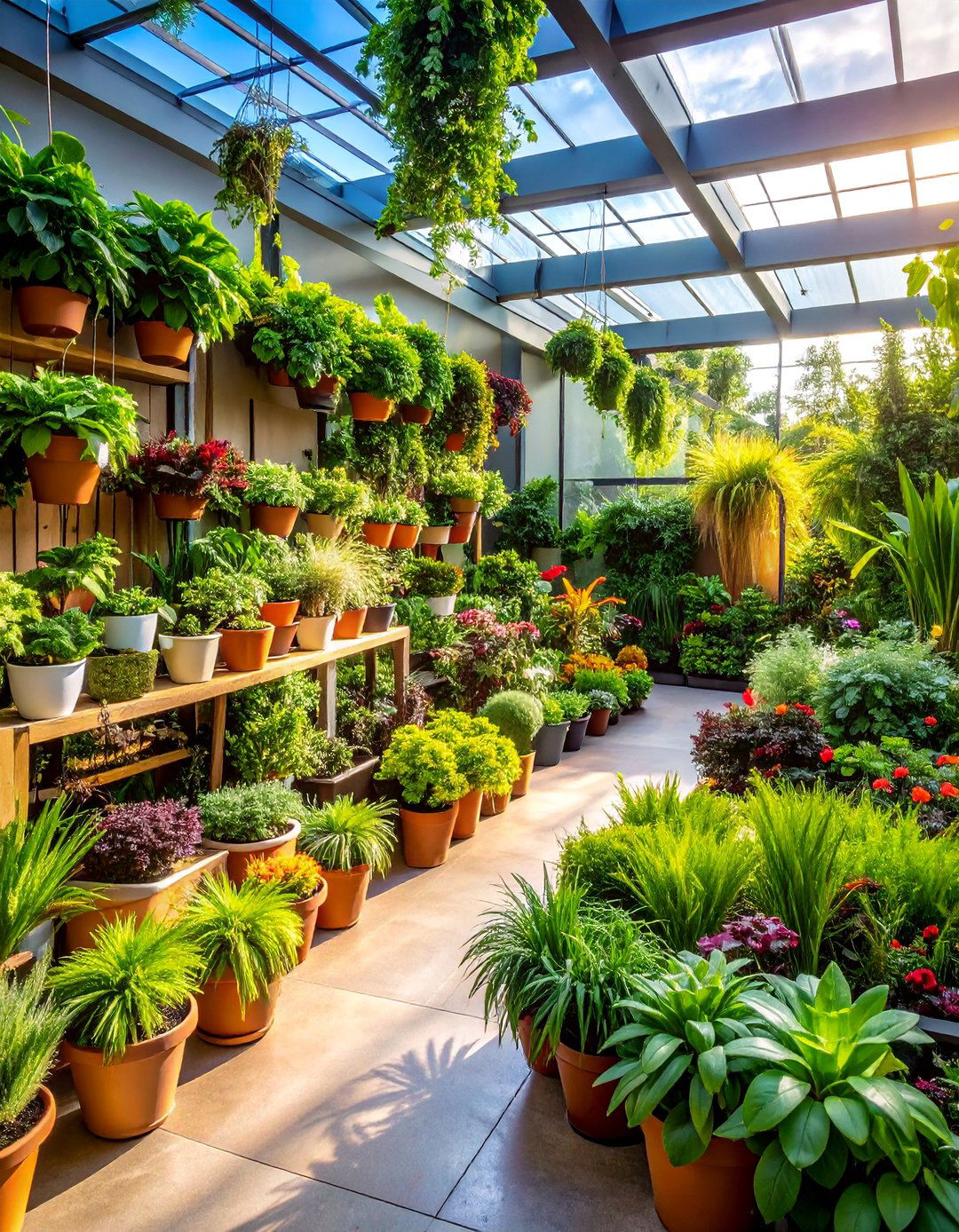
Create a unique arrangement designed to explore specialized growing conditions or showcase plants with specific environmental requirements within your larger garden setting. Select plants that share similar specialized needs such as acidic soil, high humidity, or specific drainage requirements that differ from your garden's general conditions. Use container culture to provide optimal growing conditions that might not exist naturally in your landscape while creating educational displays. Include rare or unusual varieties that demonstrate the possibilities of container gardening for expanding plant diversity. This experimental approach allows gardeners to explore new plant varieties and growing techniques while creating conversation pieces that demonstrate advanced gardening knowledge and skills.
Conclusion:
These diverse potted plant arrangement ideas demonstrate the incredible versatility and creative potential of container gardening. From tropical paradises to minimalist displays, each arrangement offers unique opportunities to express personal style while creating beautiful, functional outdoor spaces. Success lies in understanding plant requirements, thoughtful design principles, and selecting combinations that provide season-long interest. Whether you choose dramatic vertical installations or subtle foliage displays, container gardening allows for creative expression that can transform any space into a personal garden paradise.


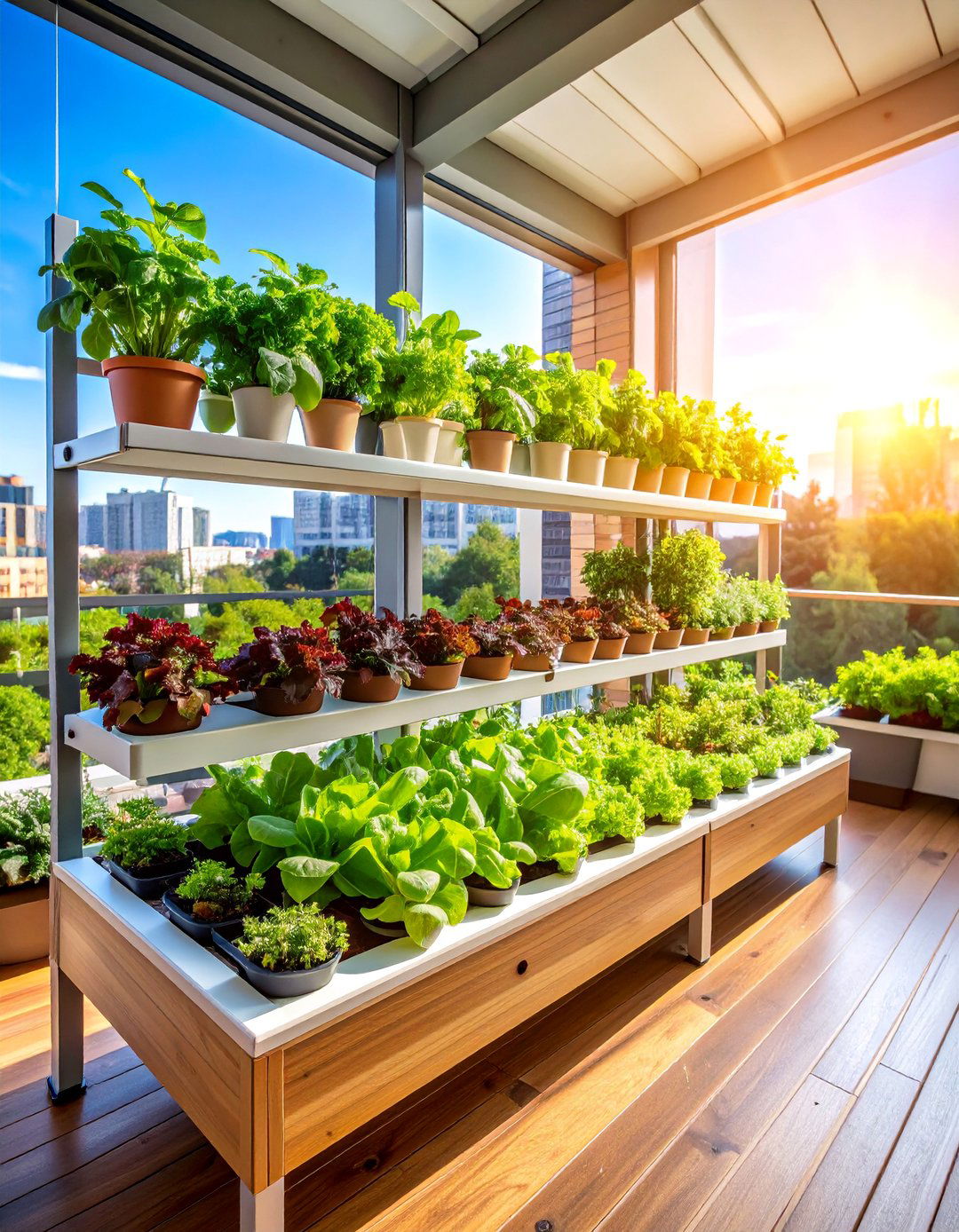
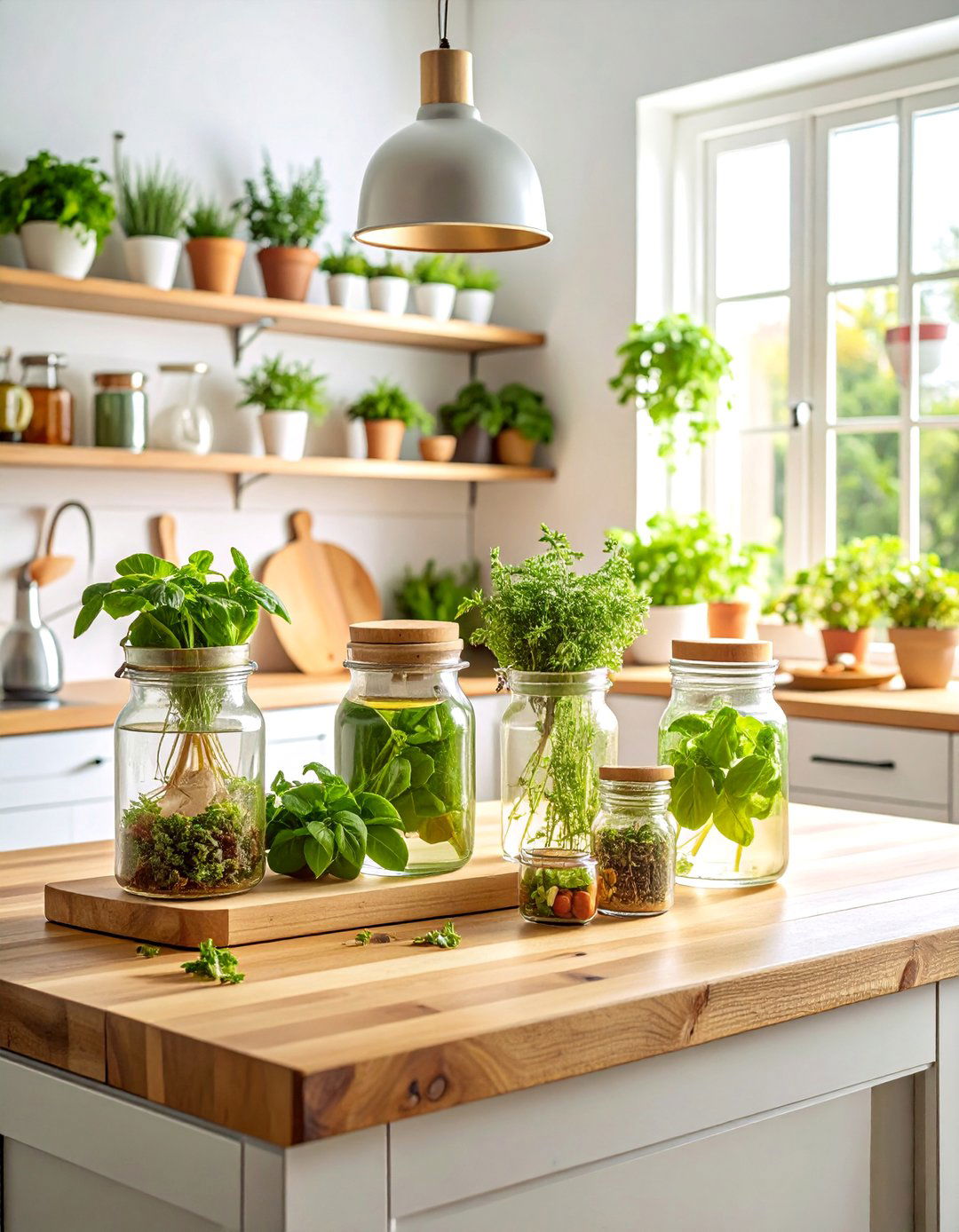


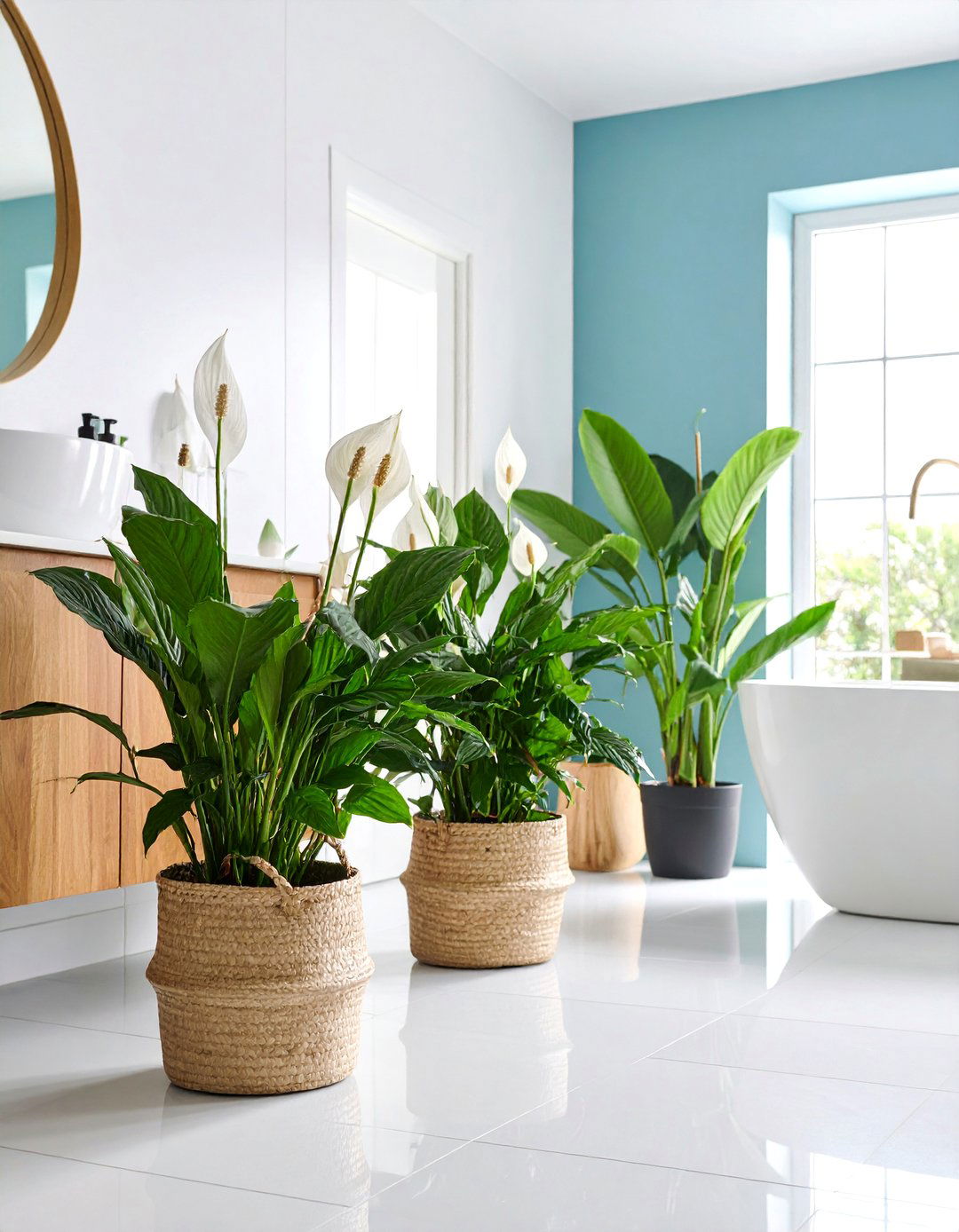

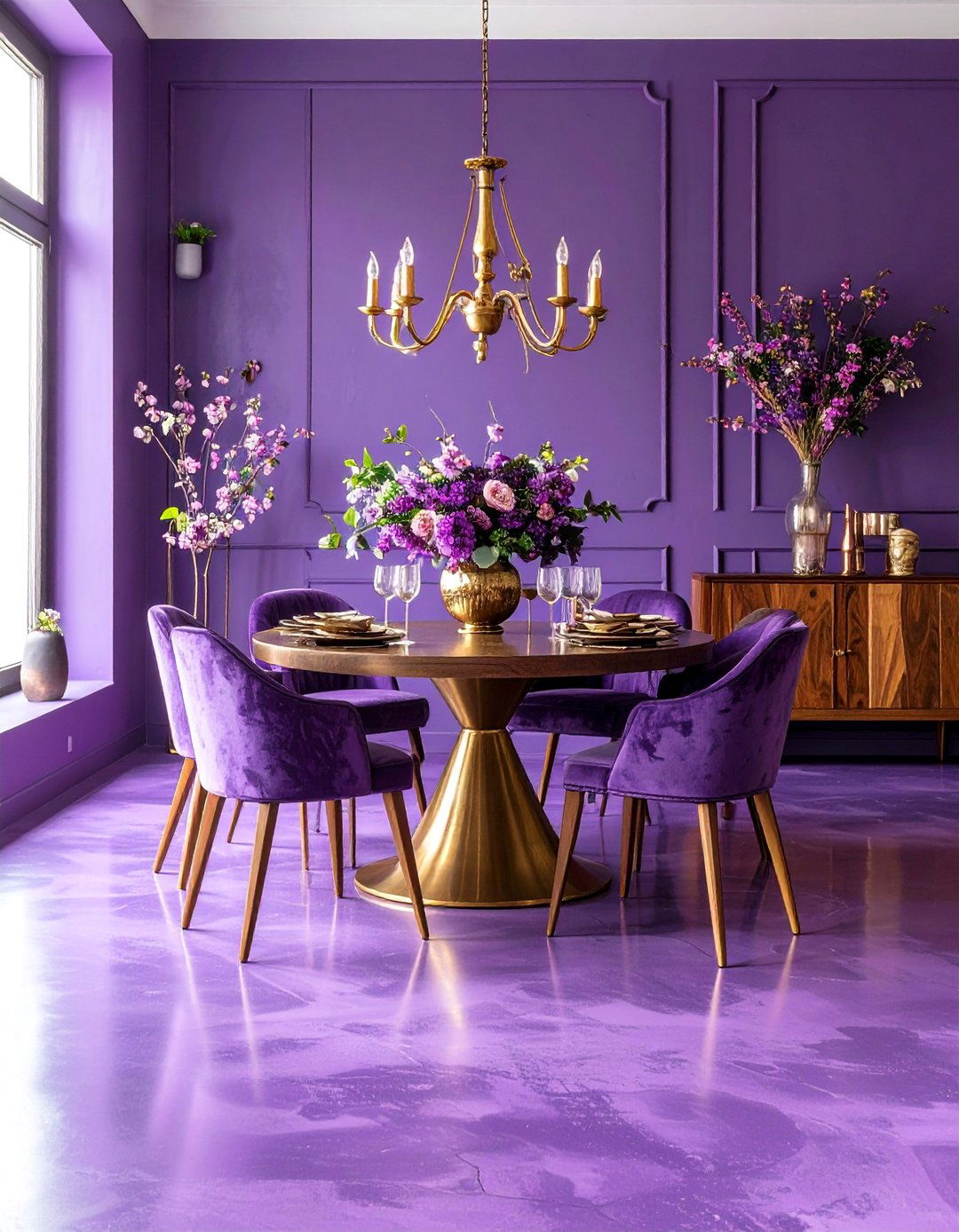
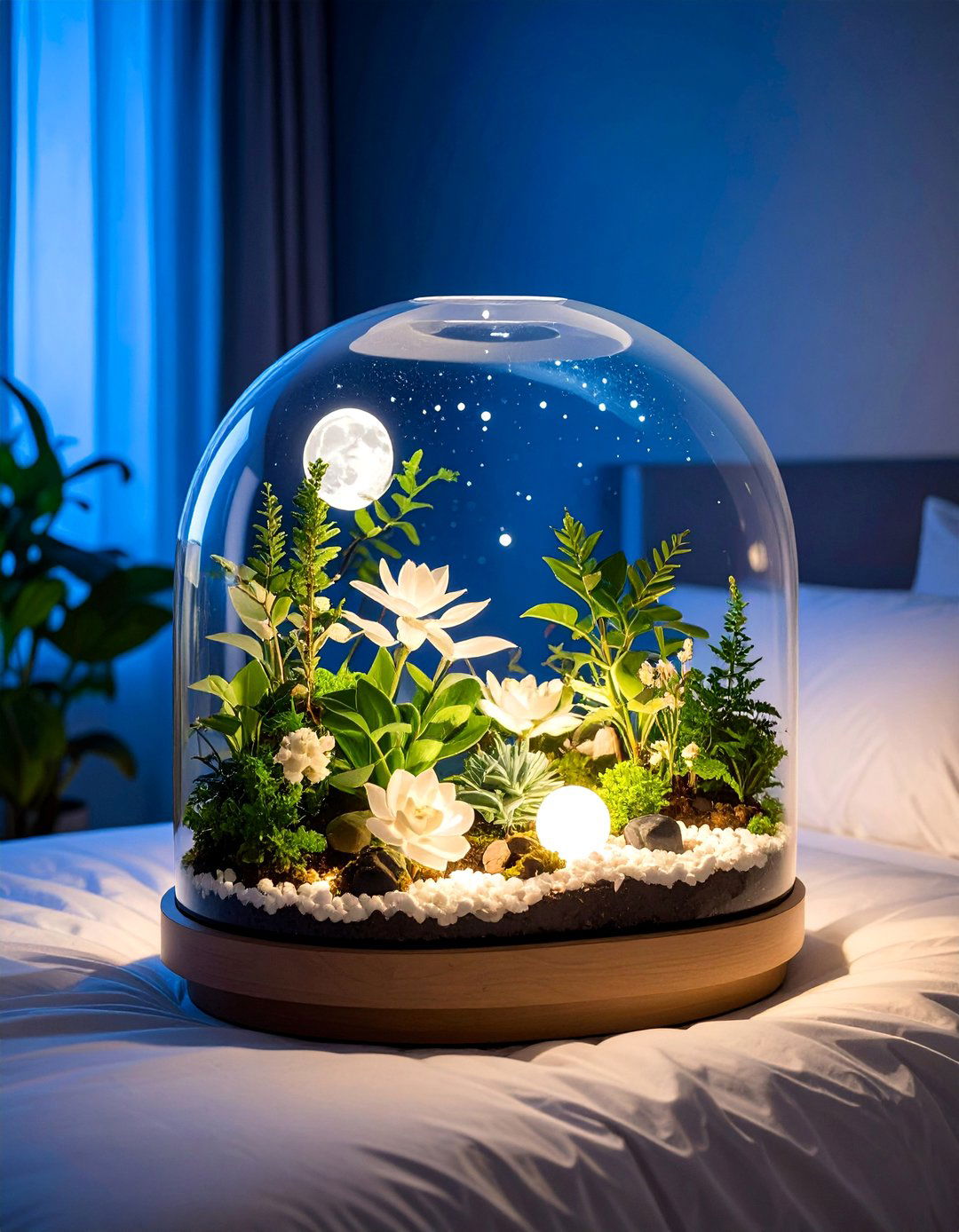
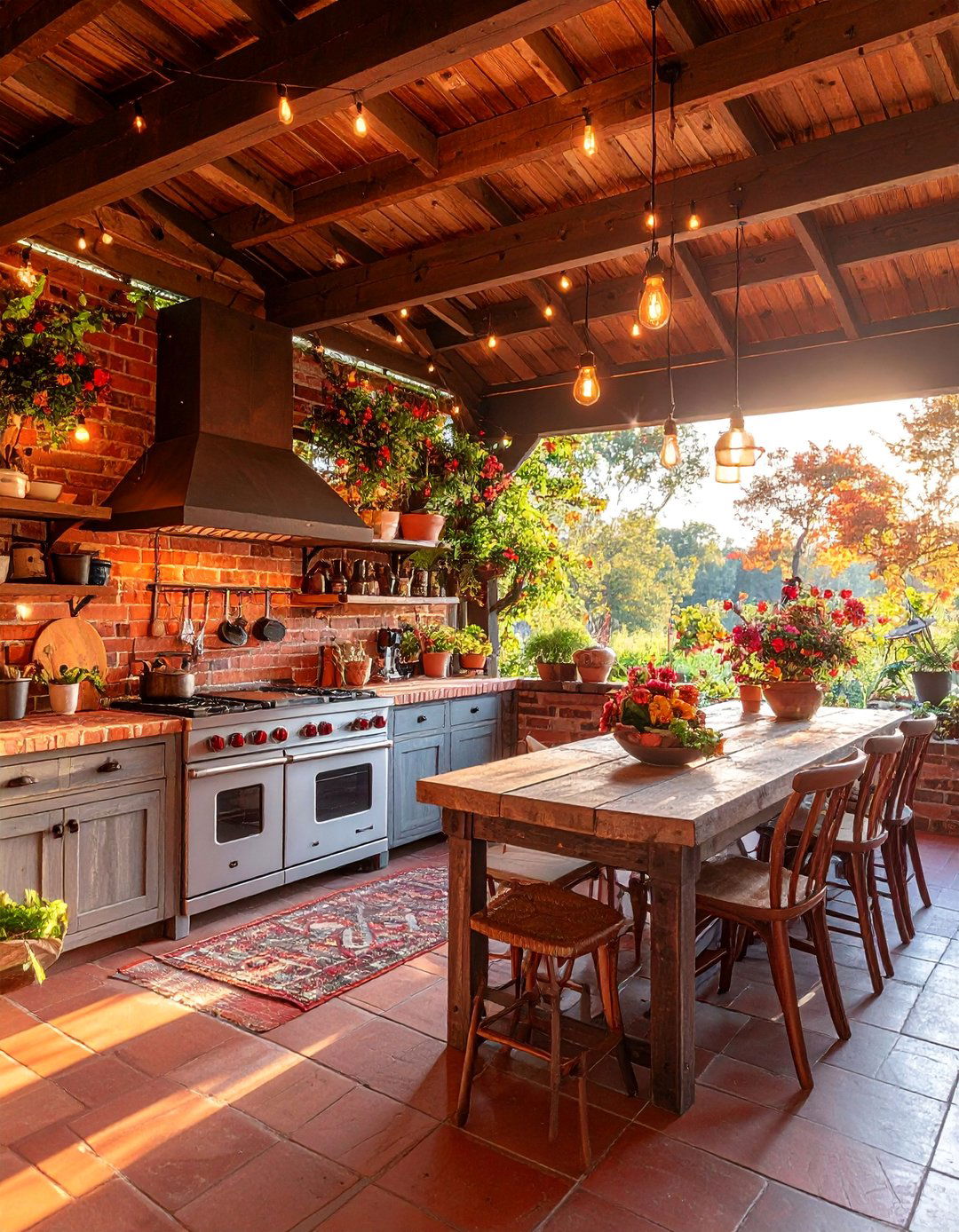
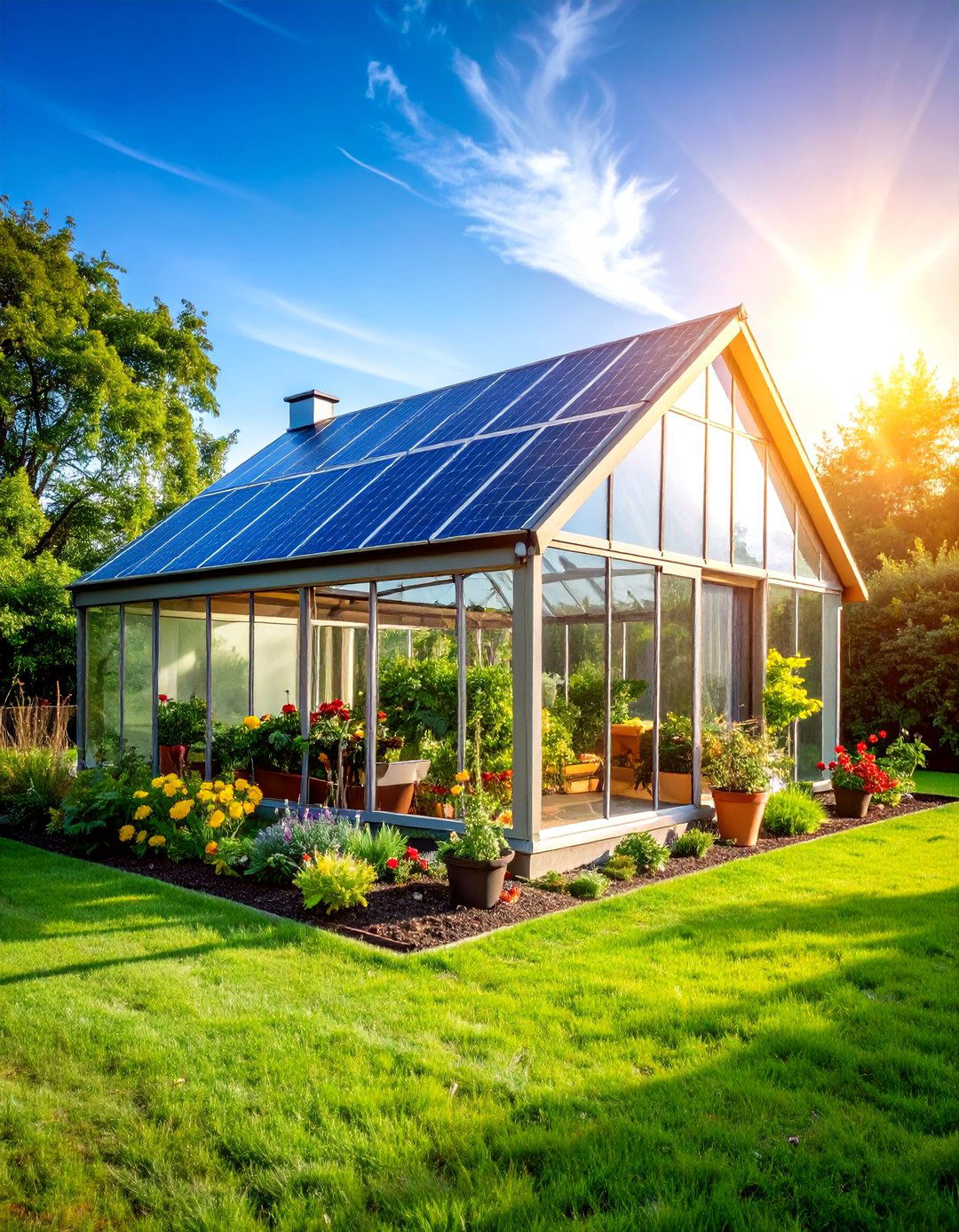



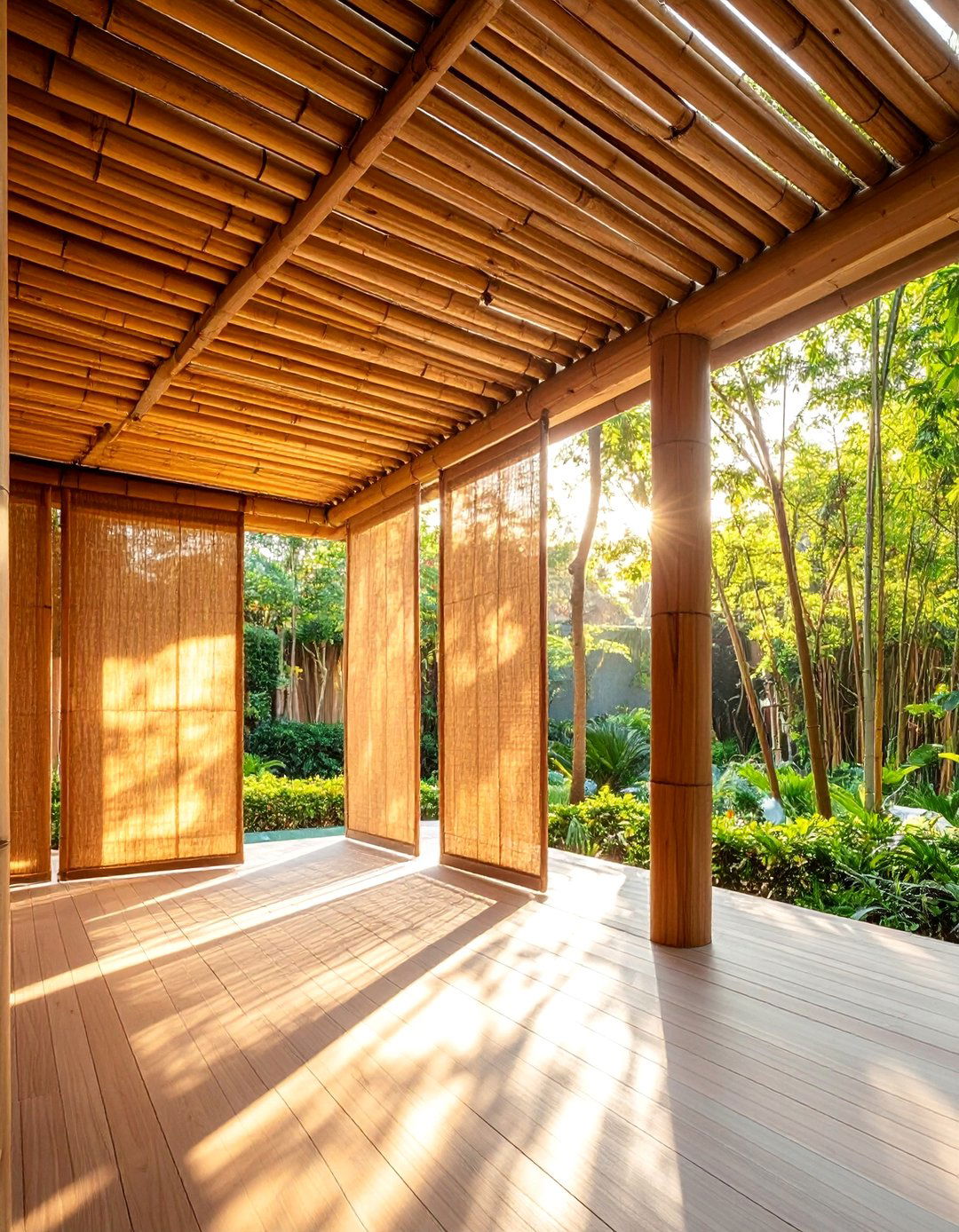

Leave a Reply